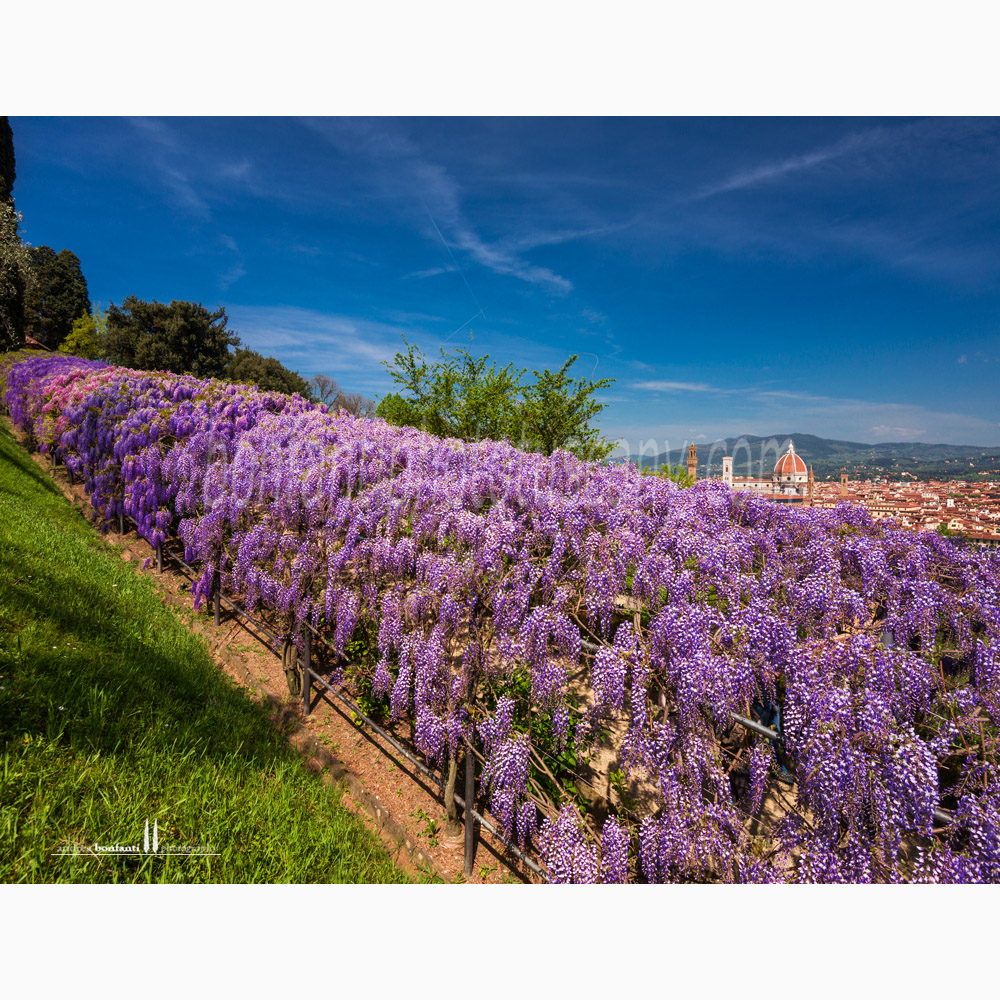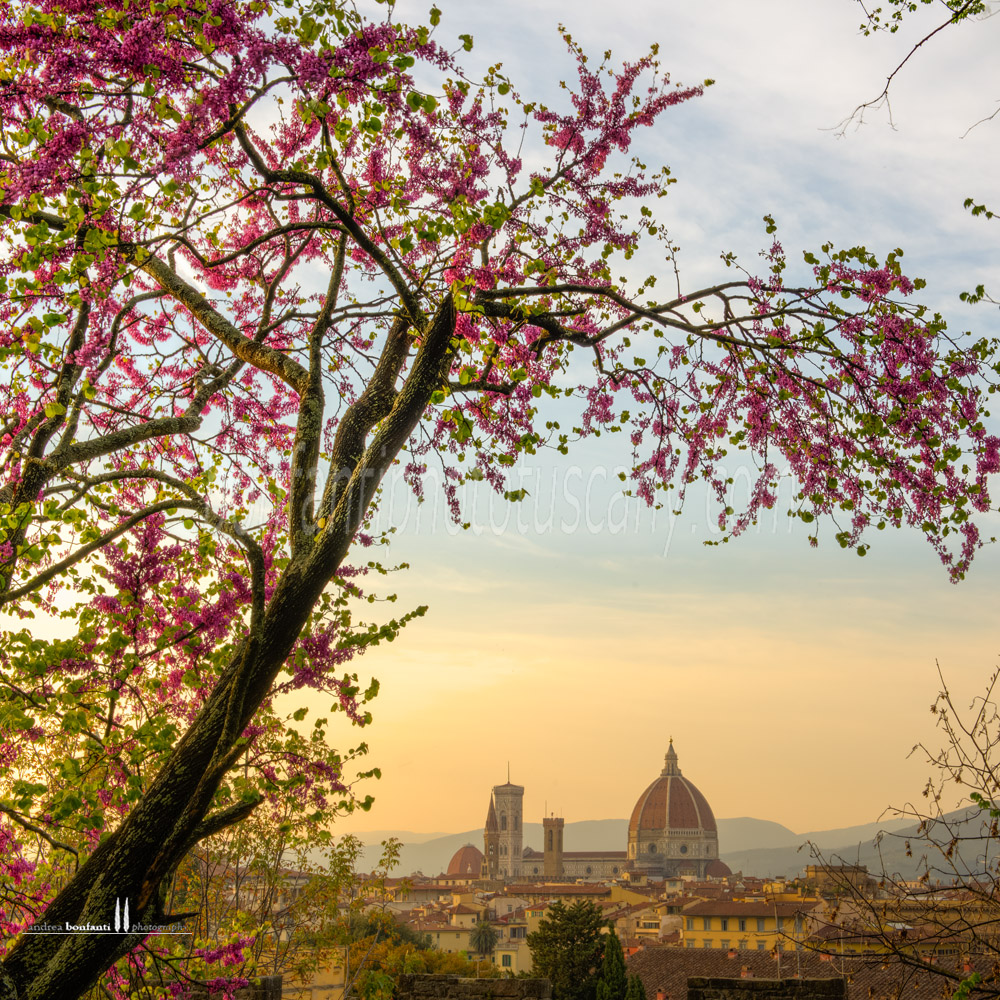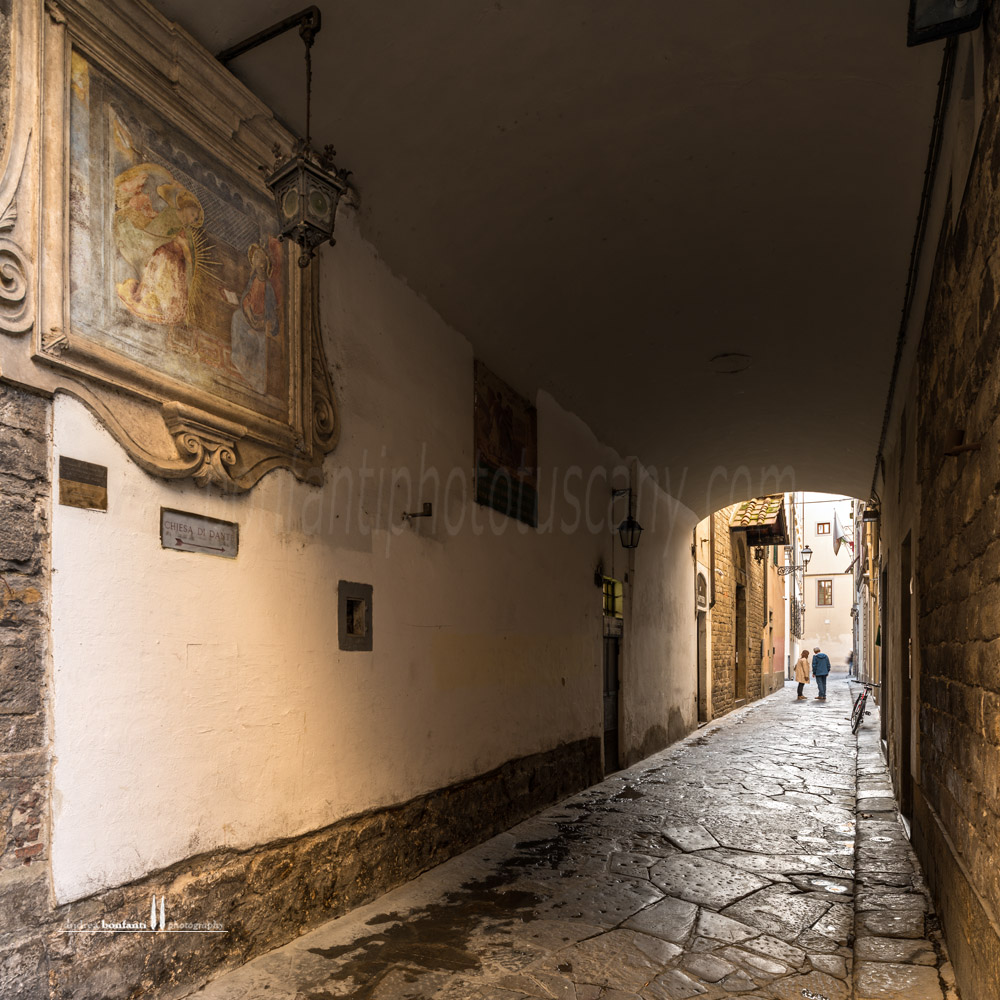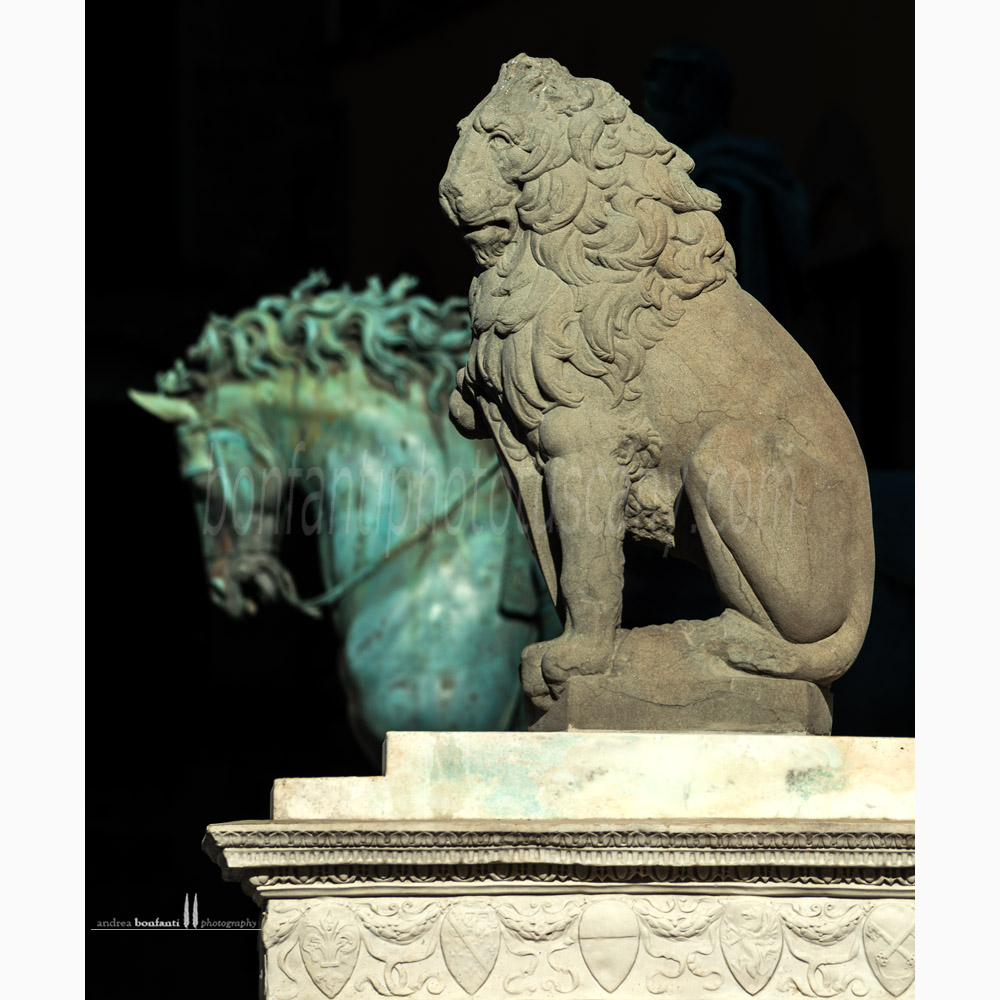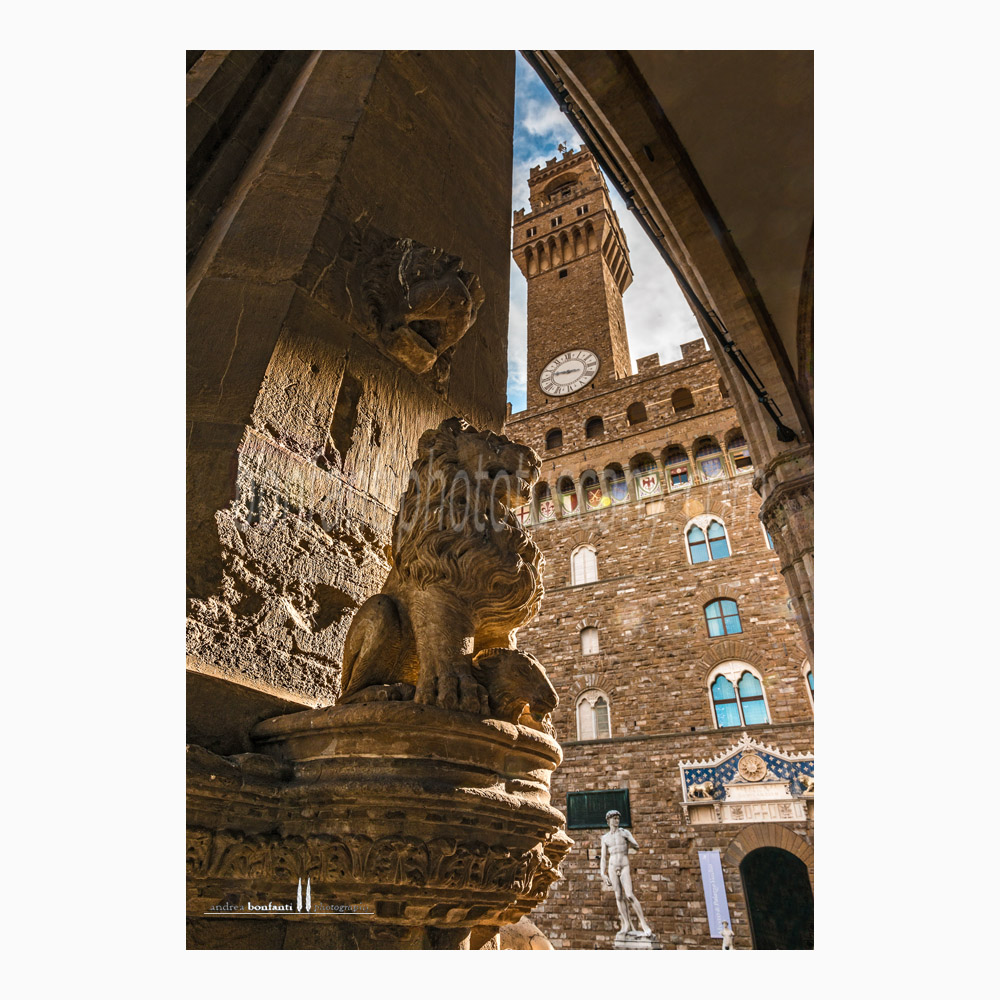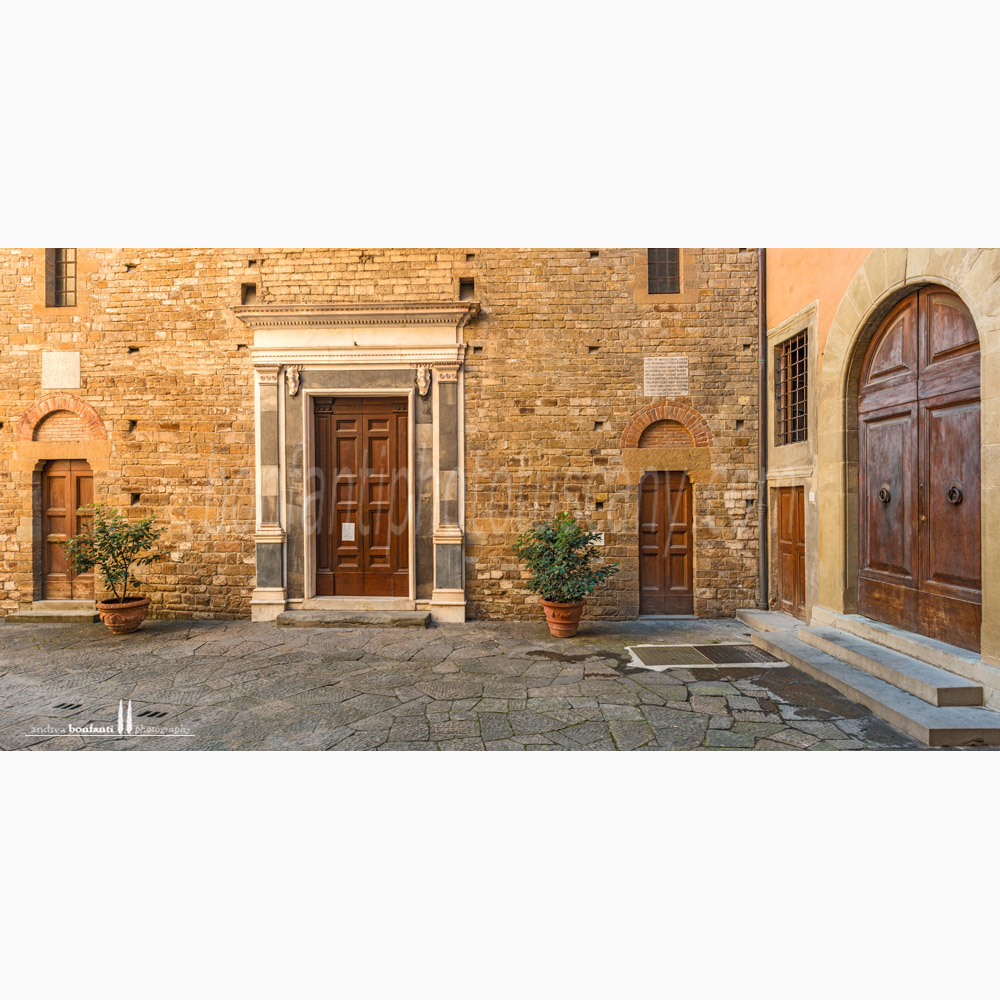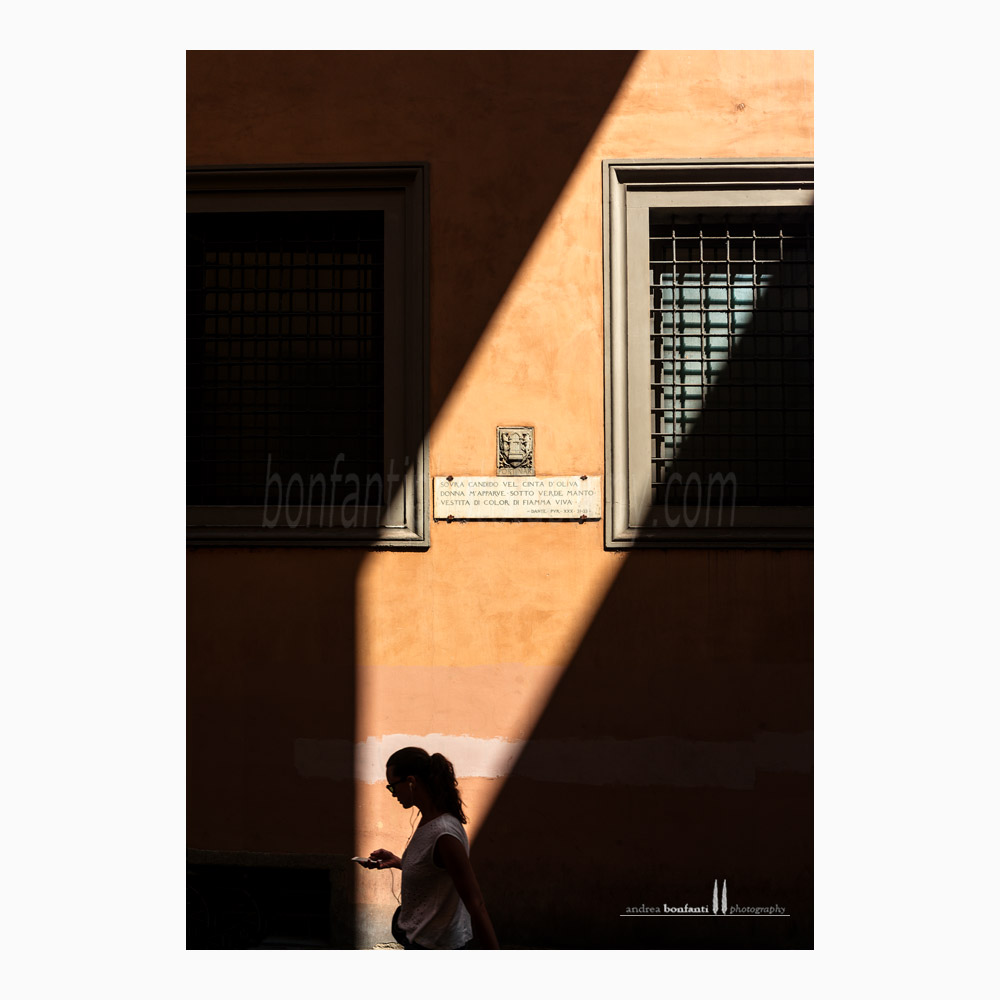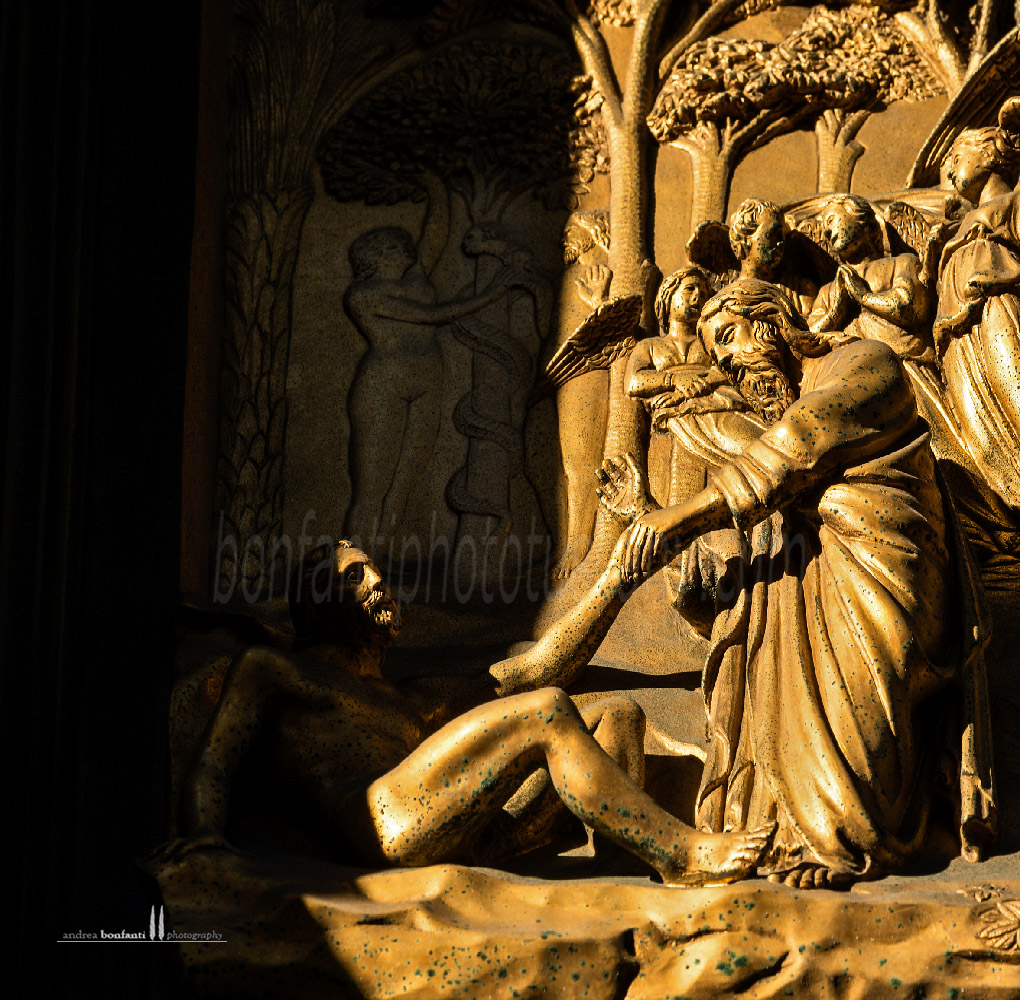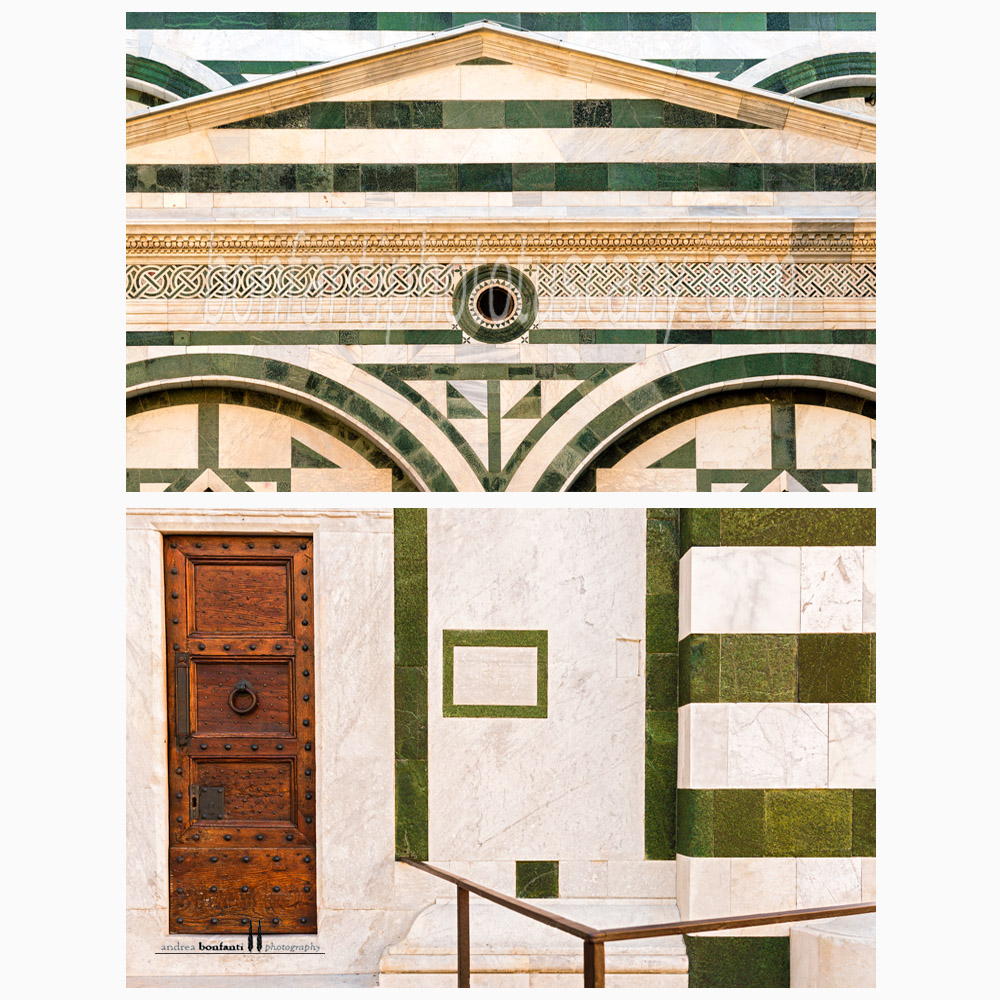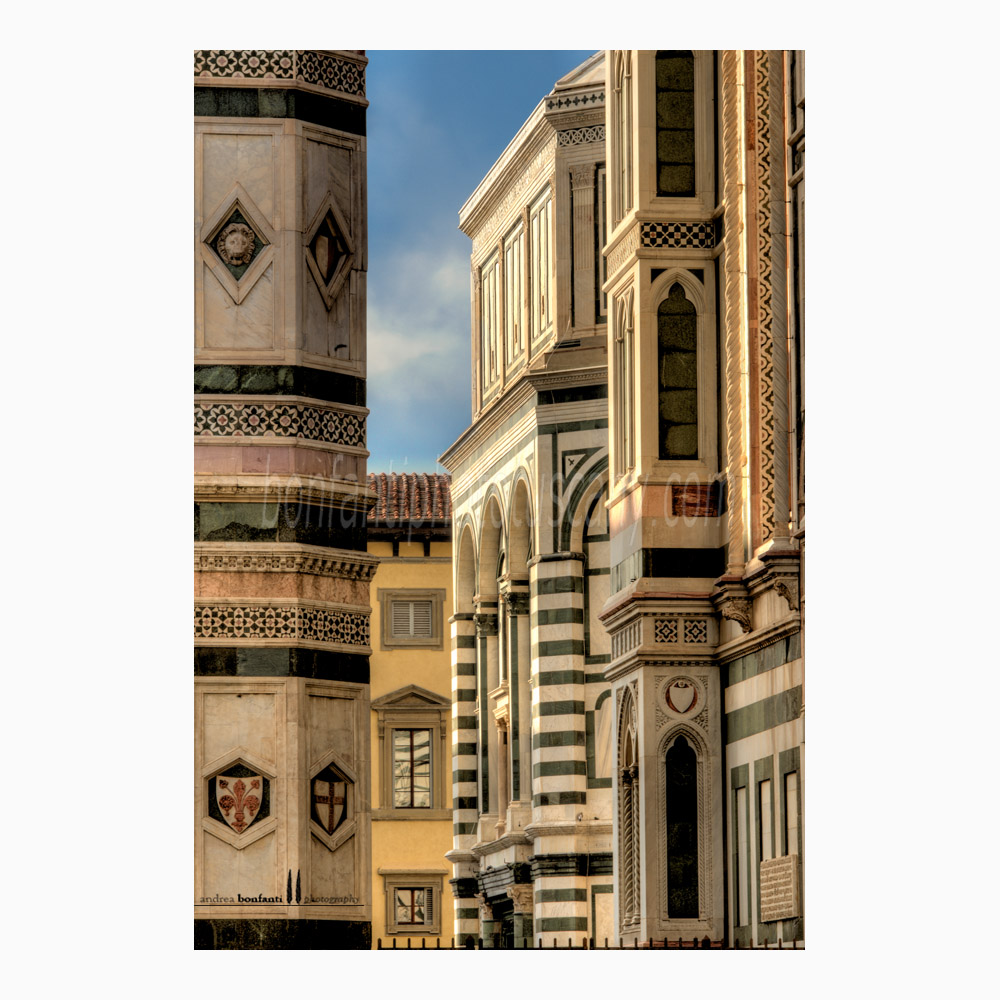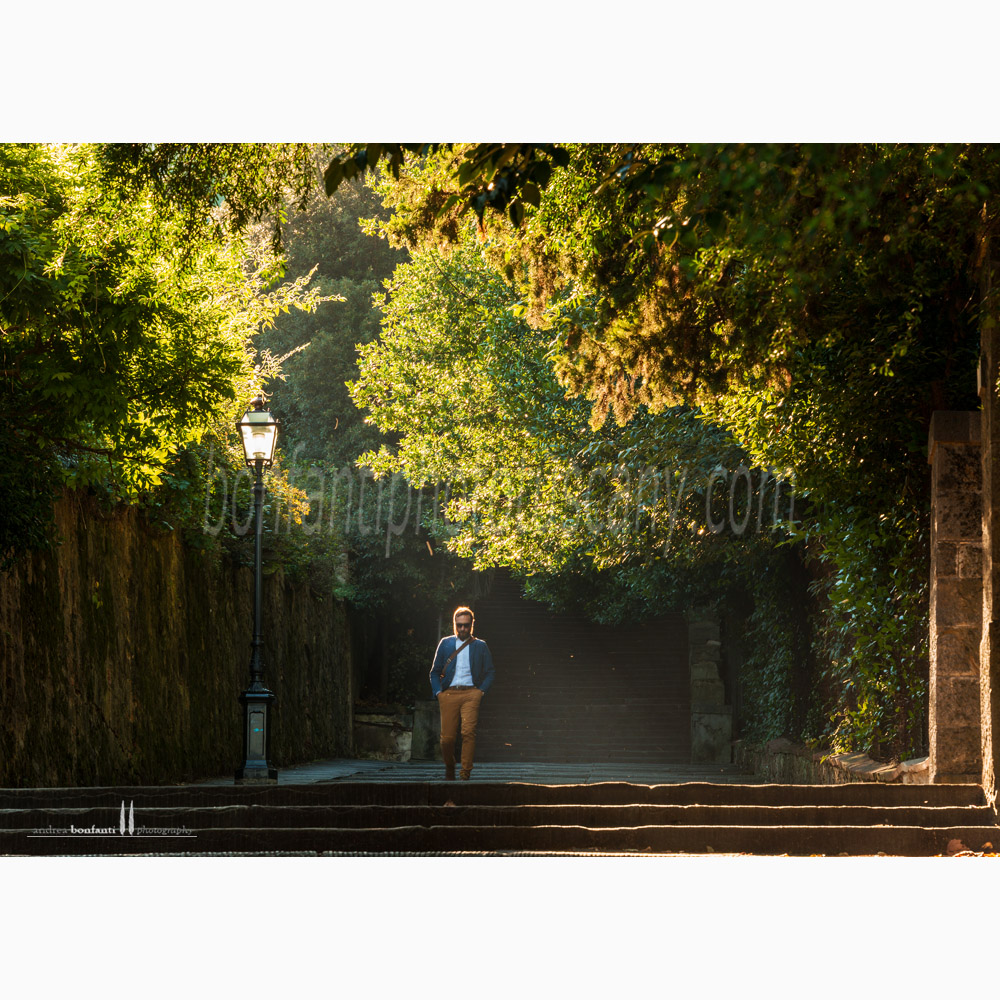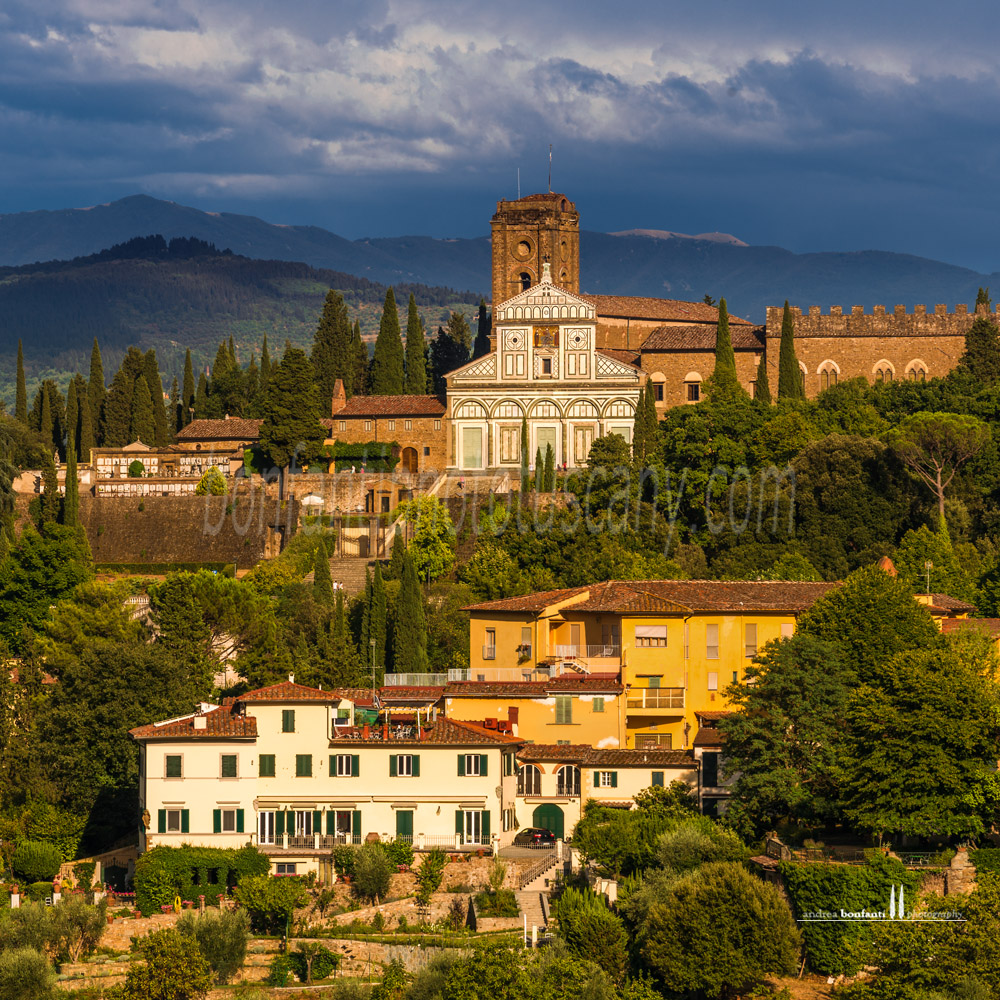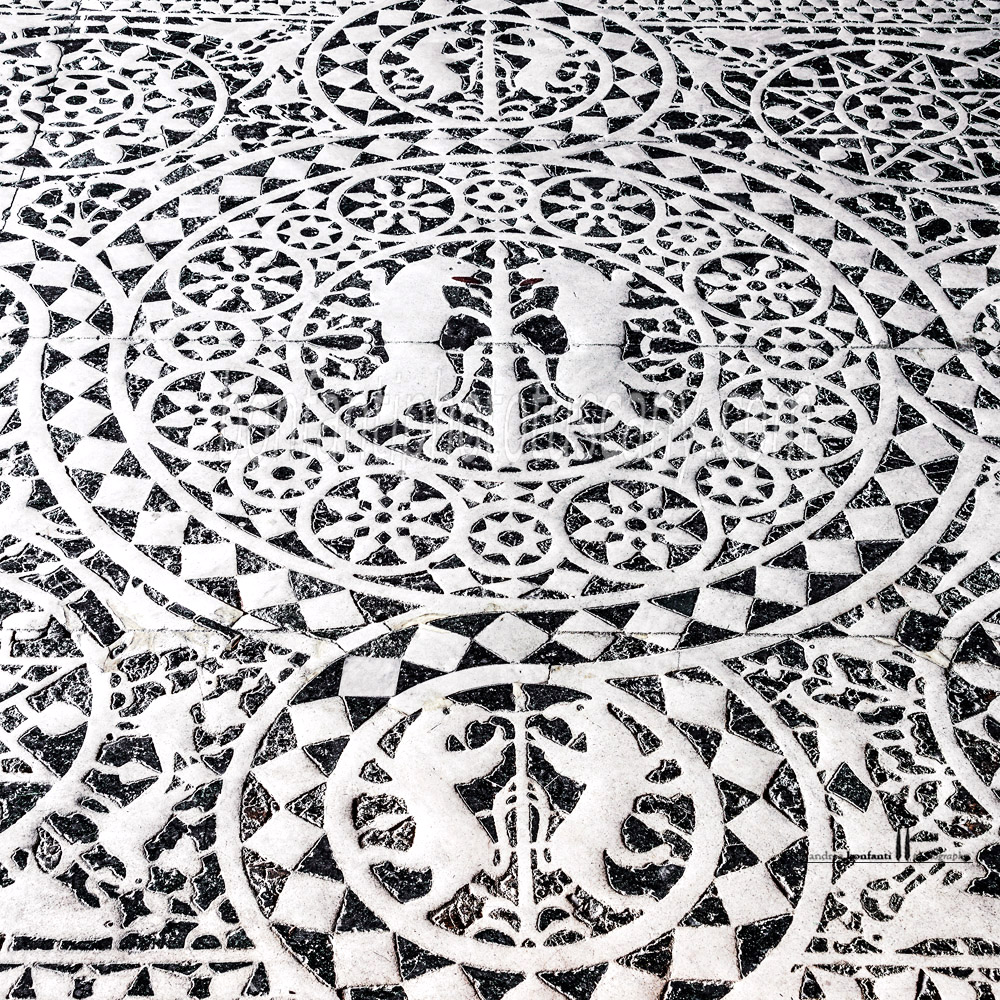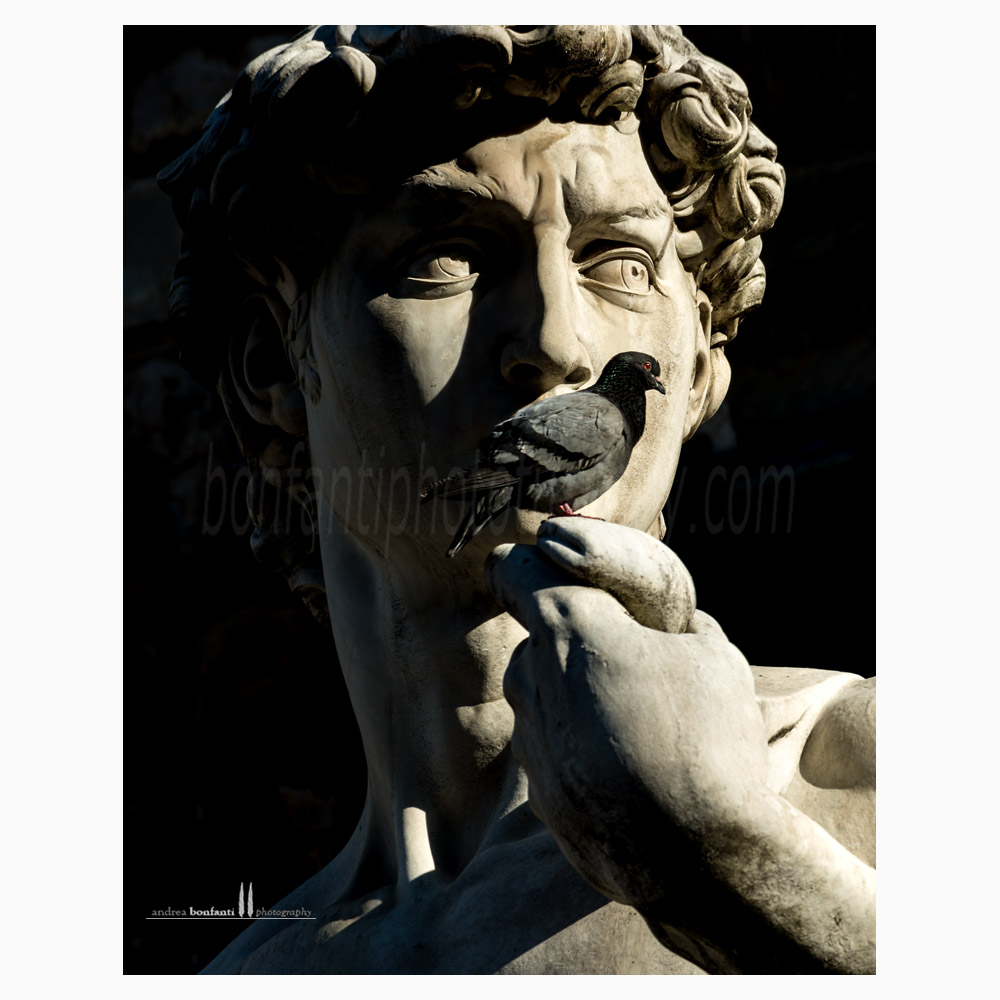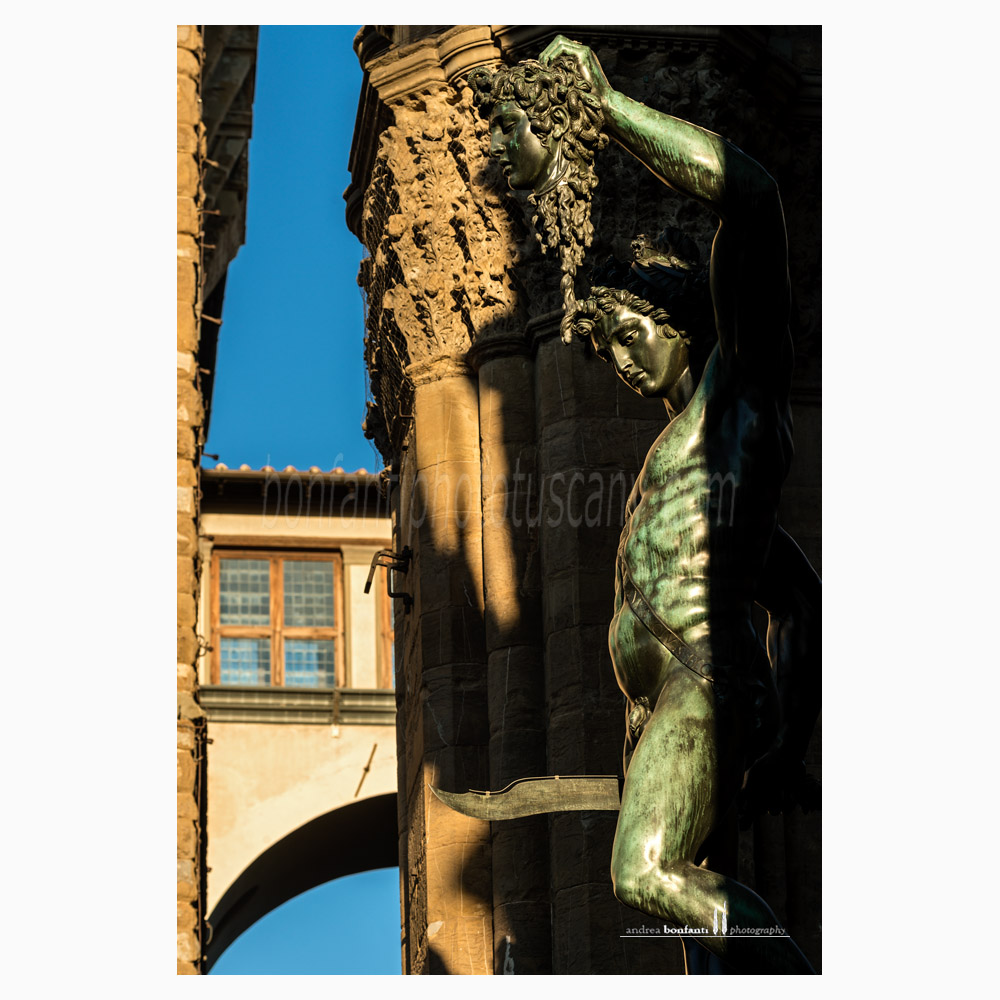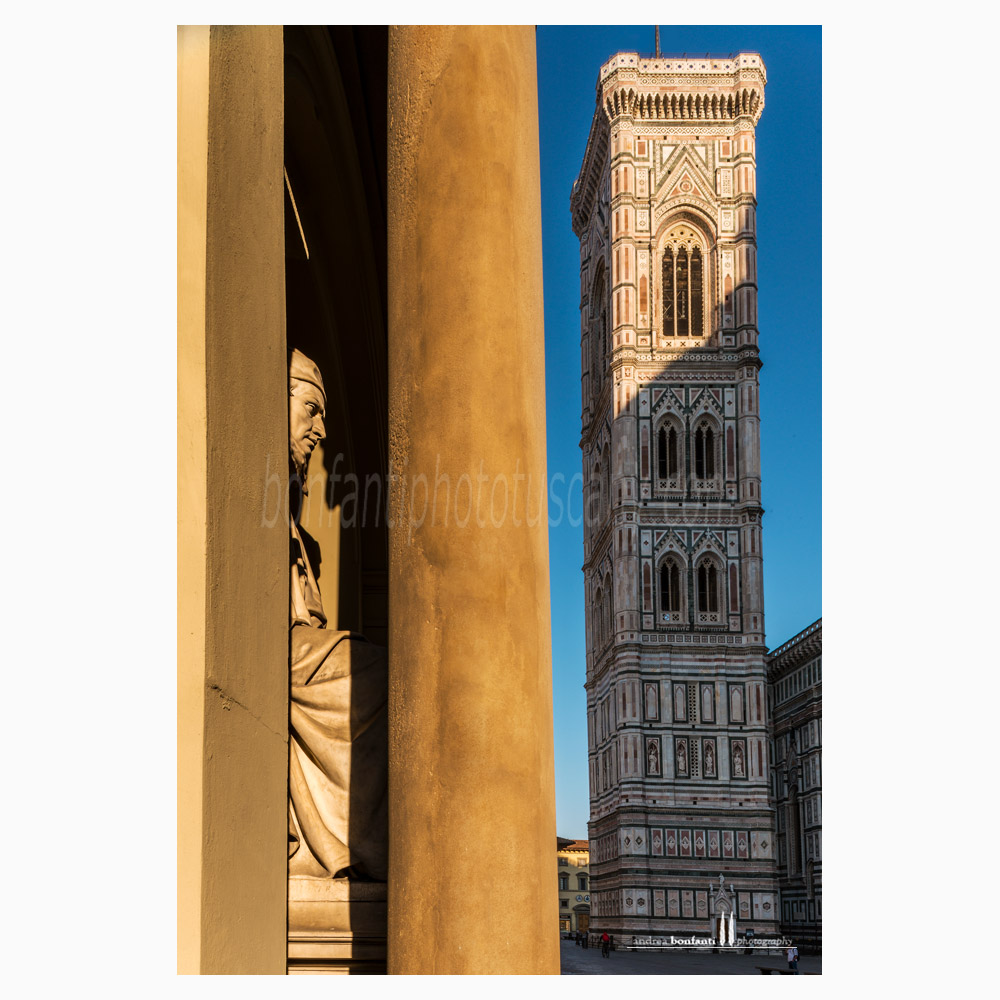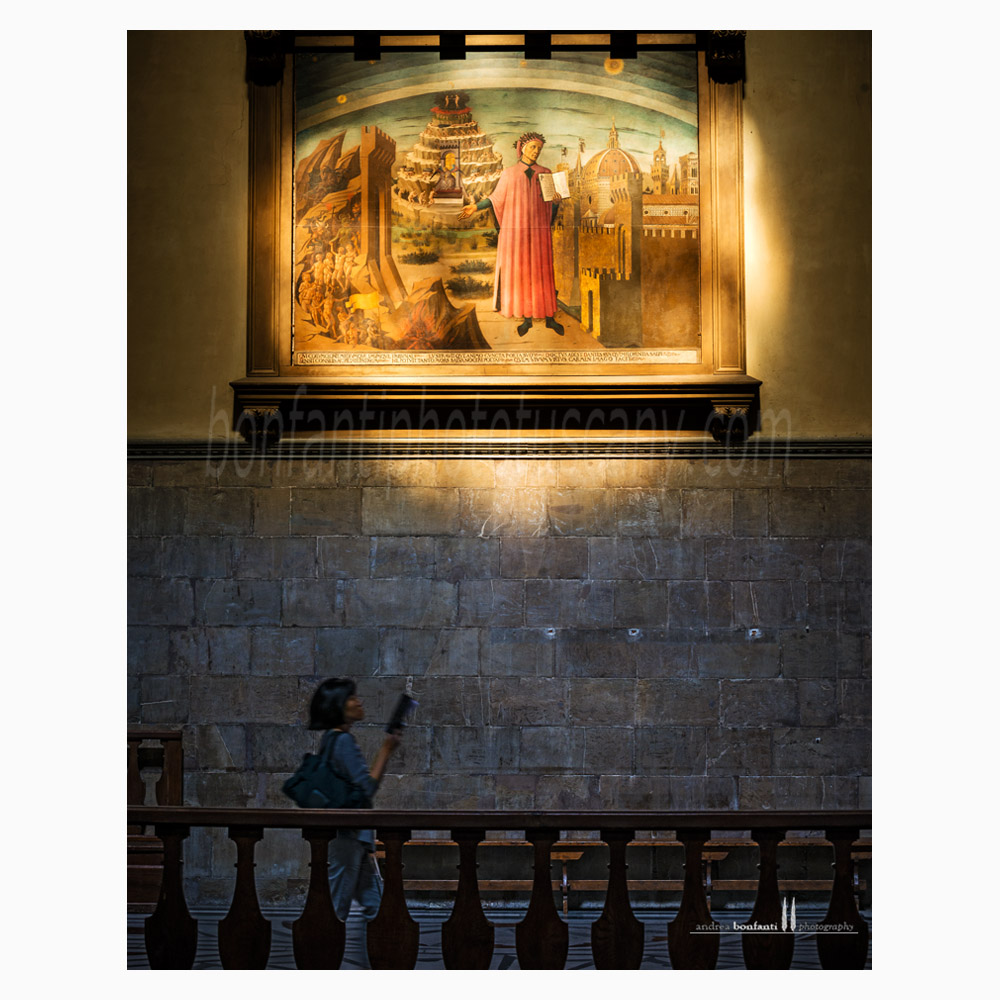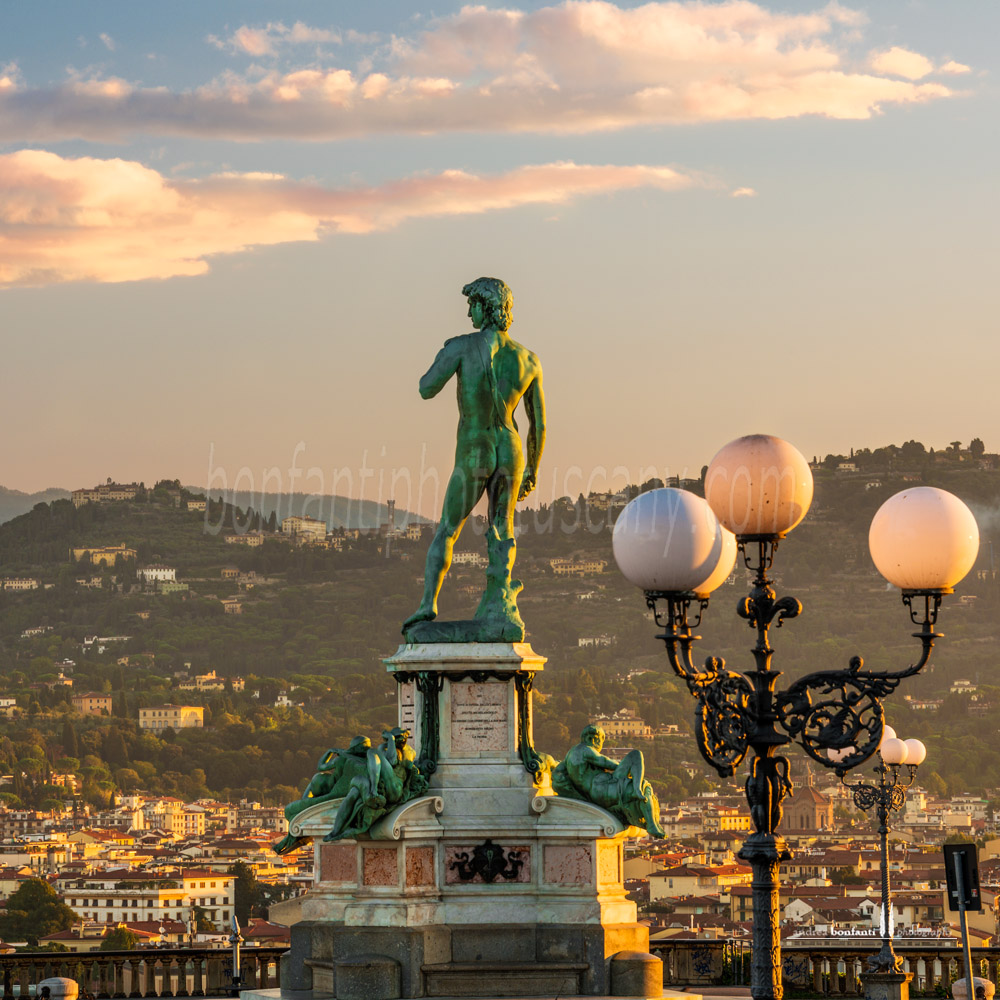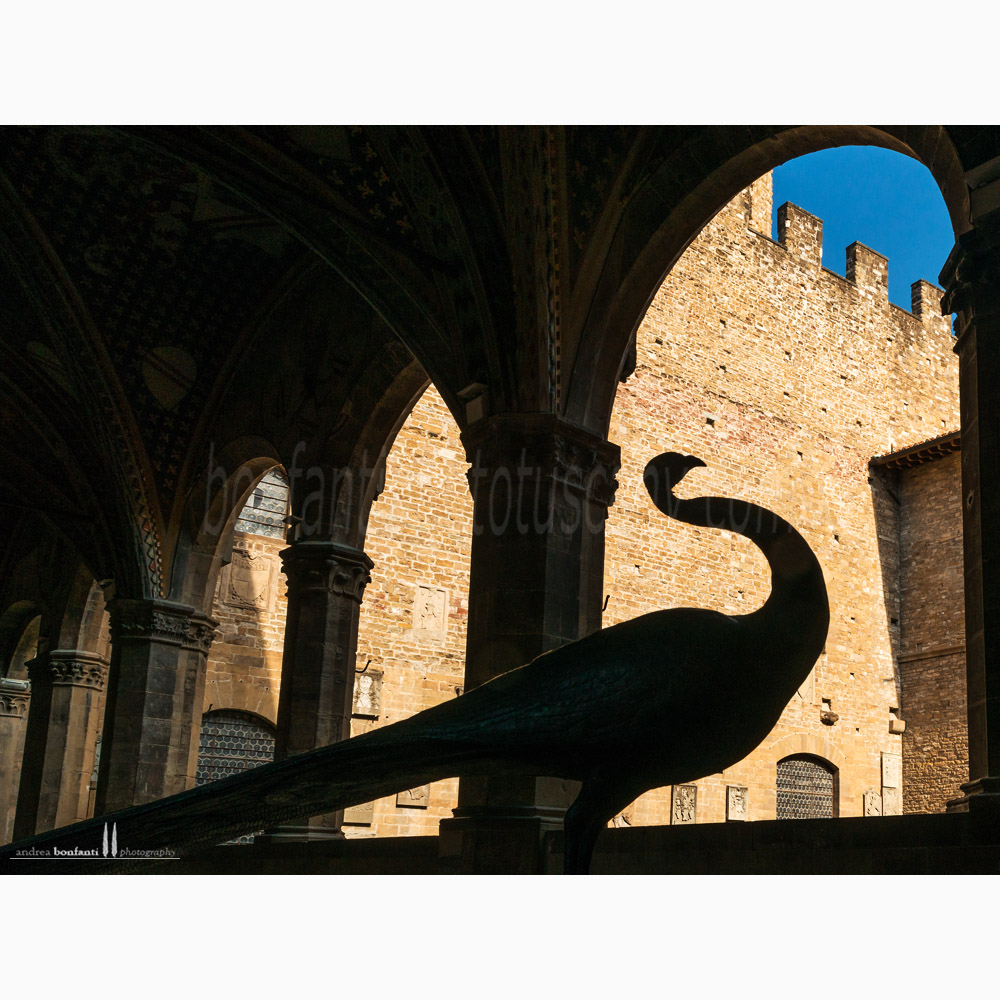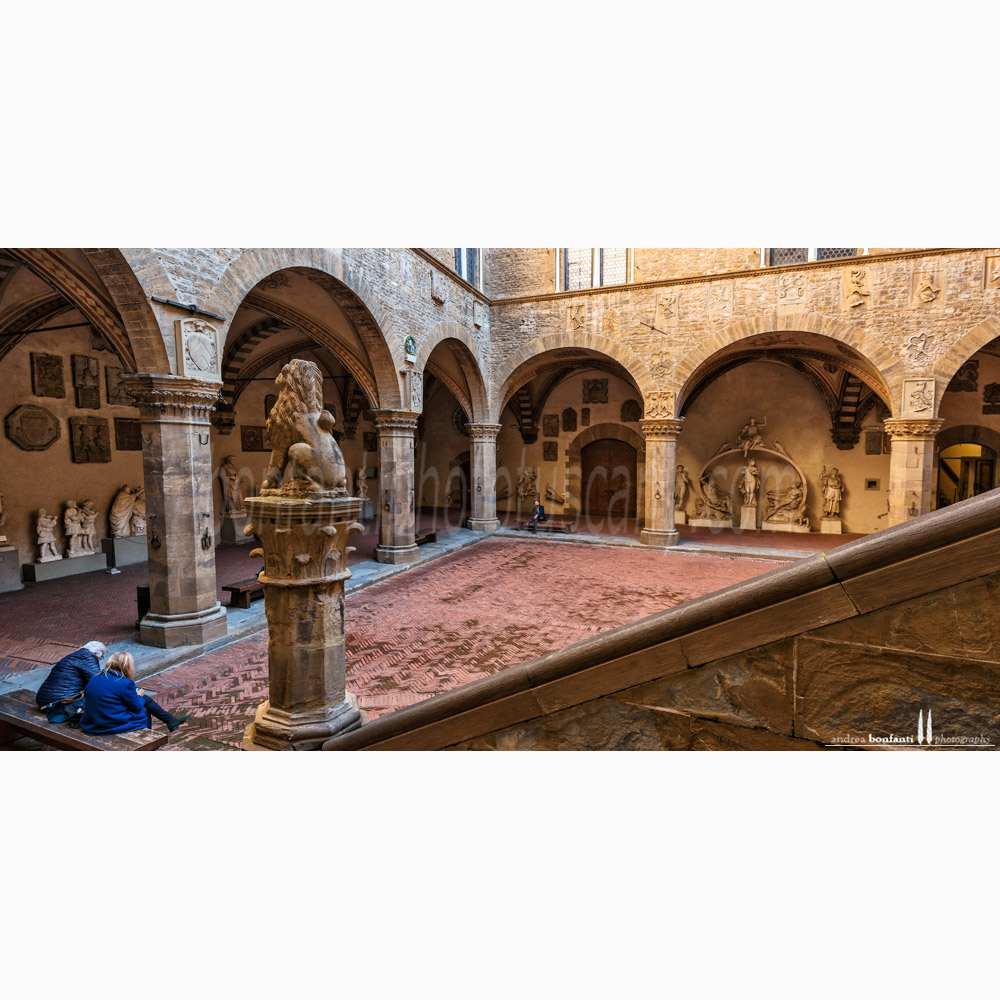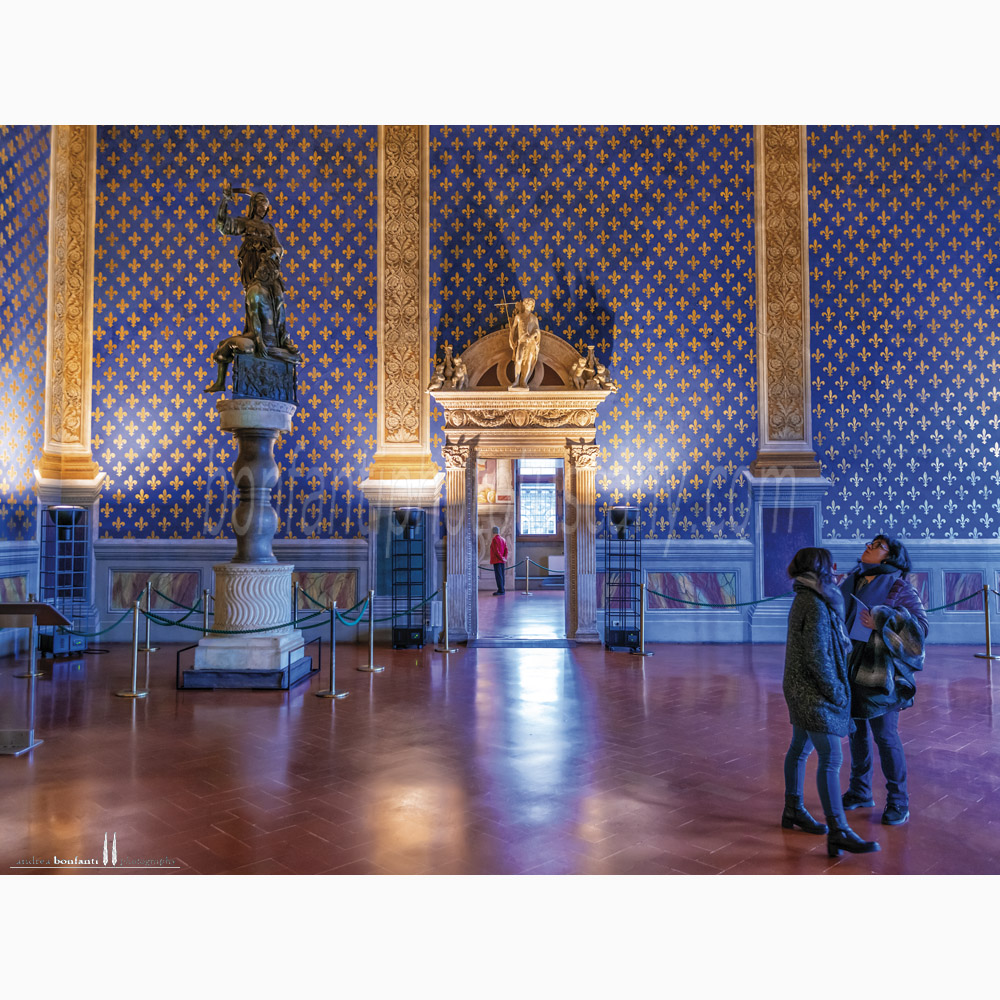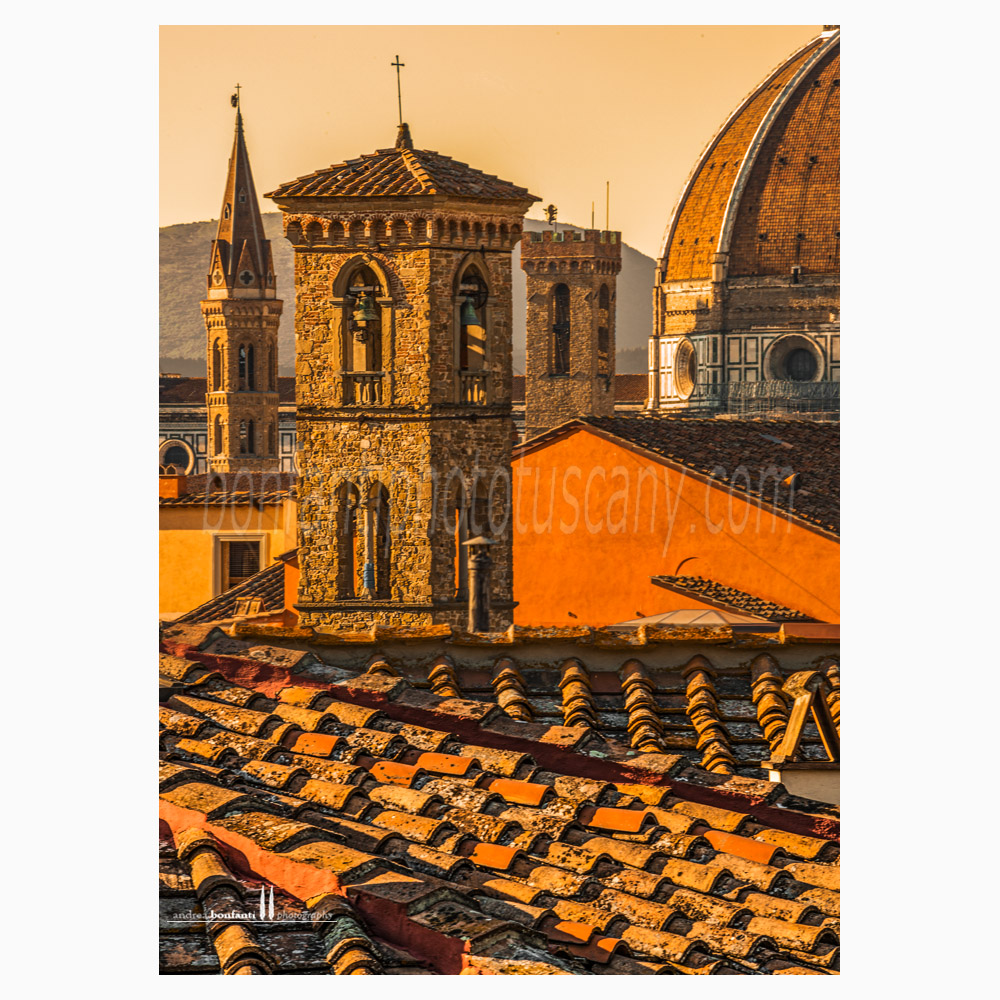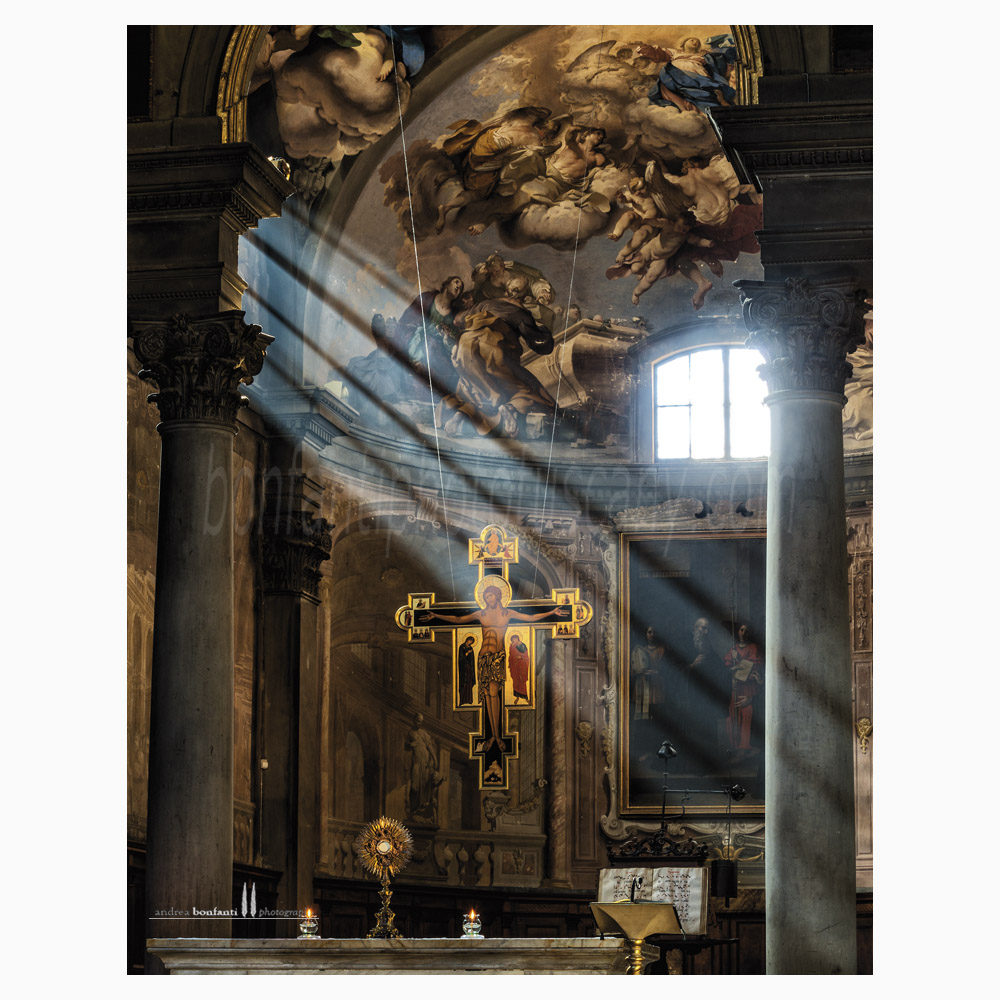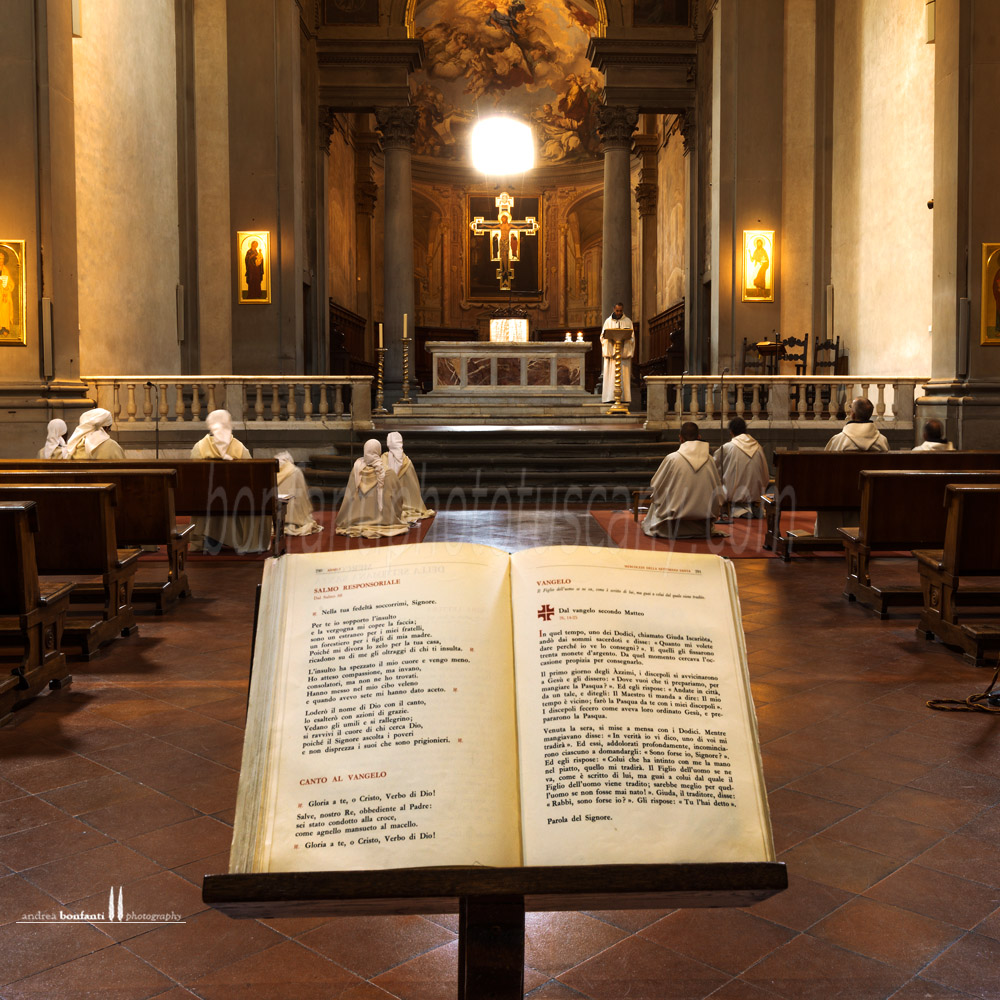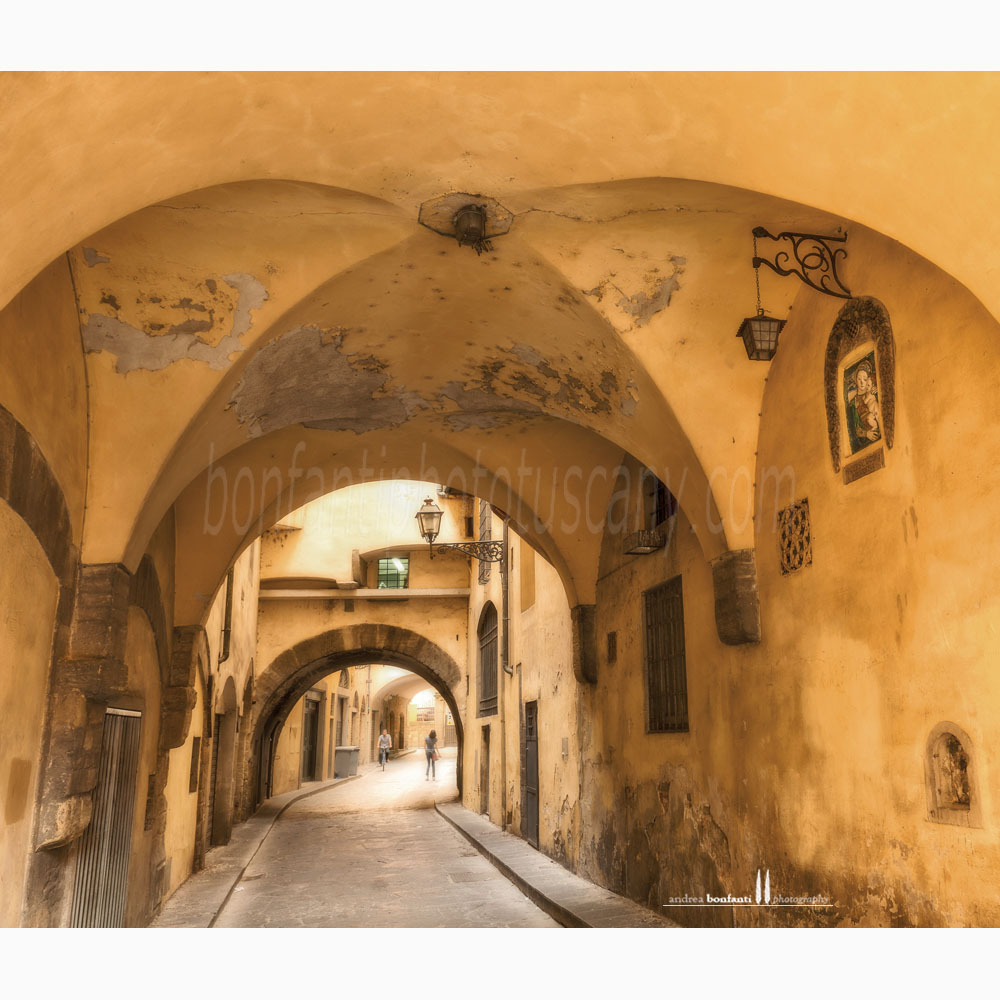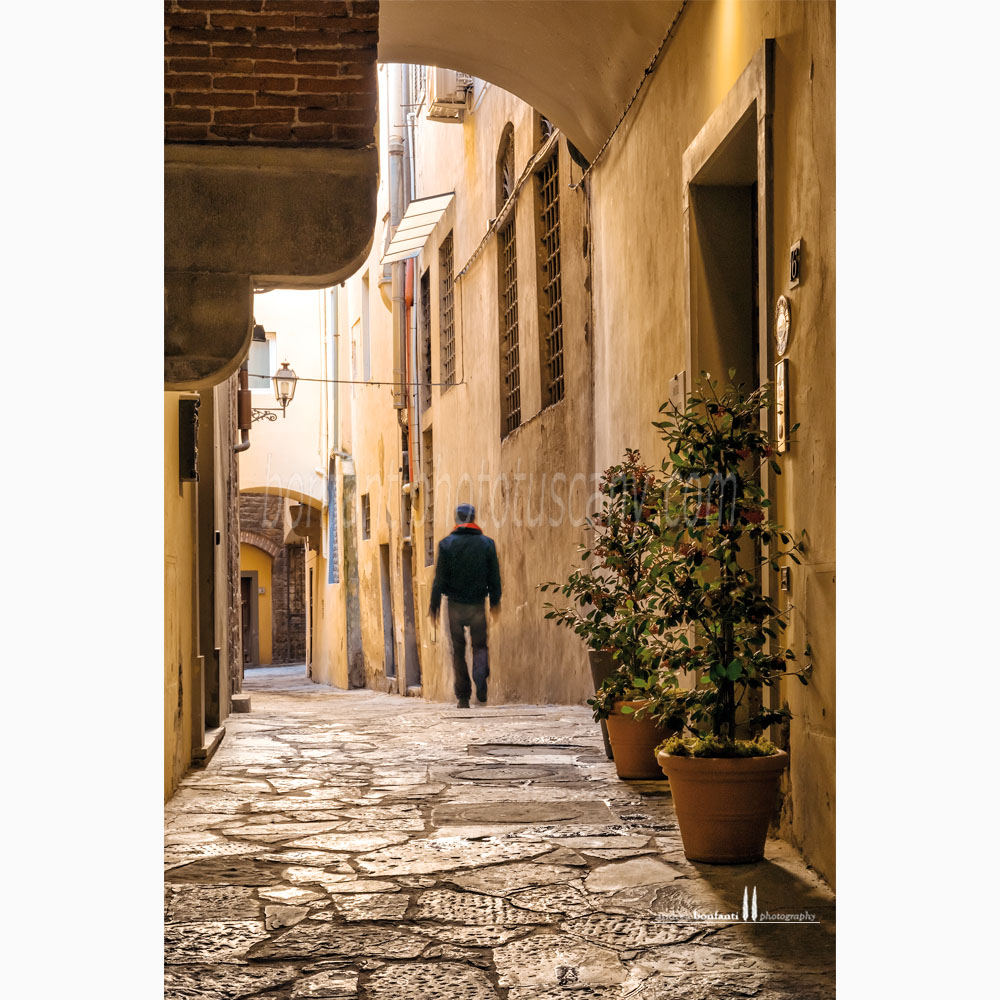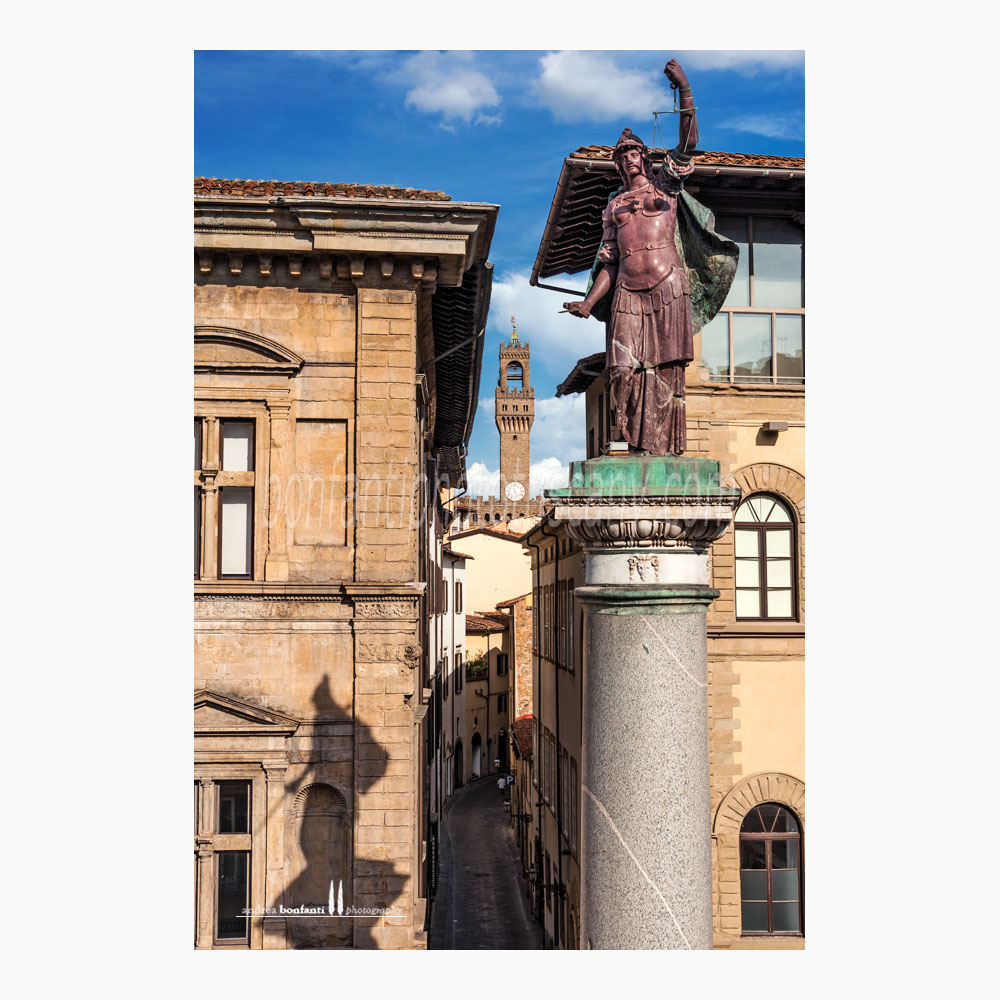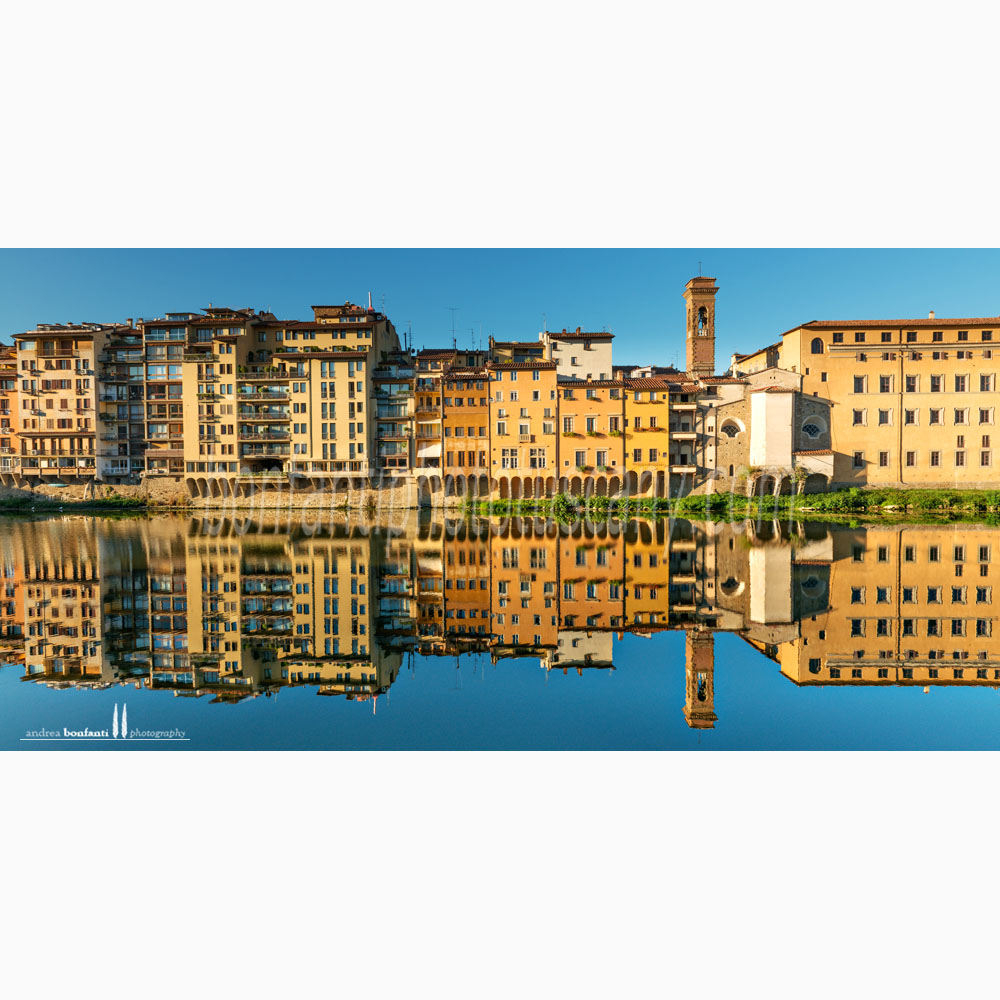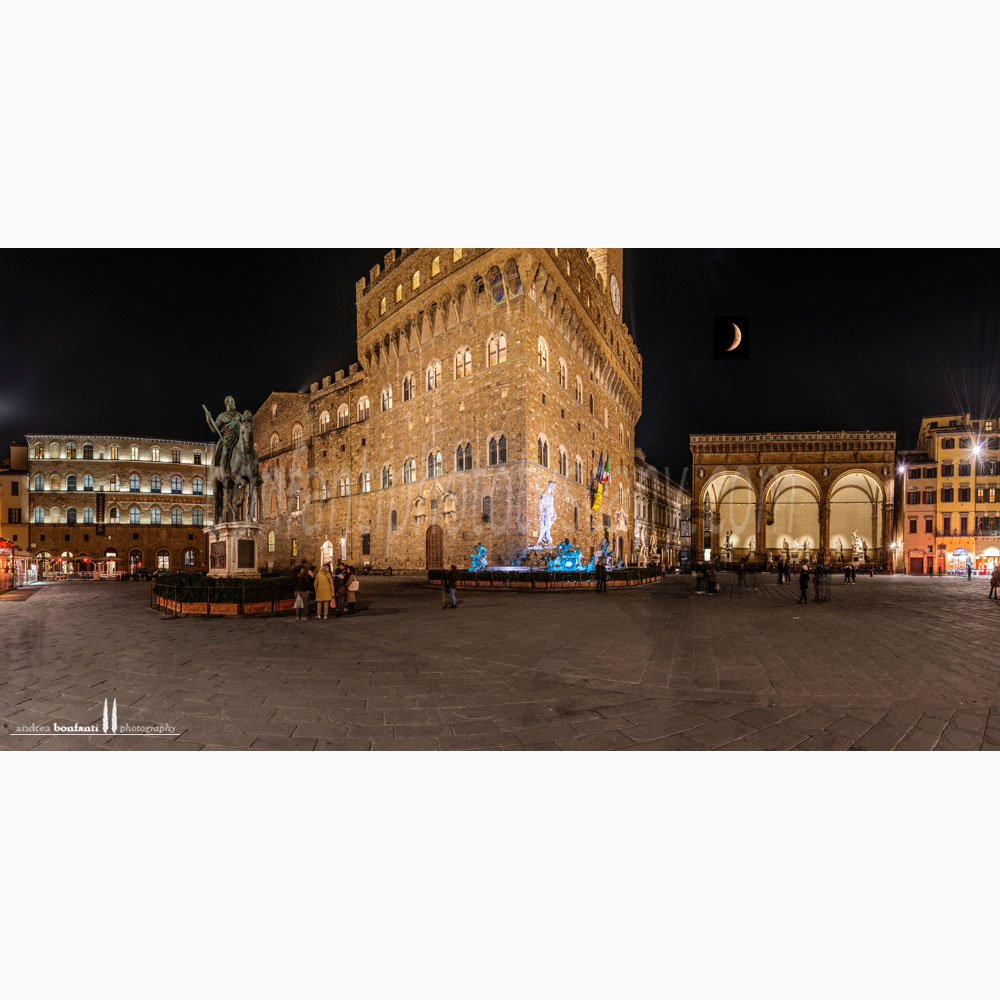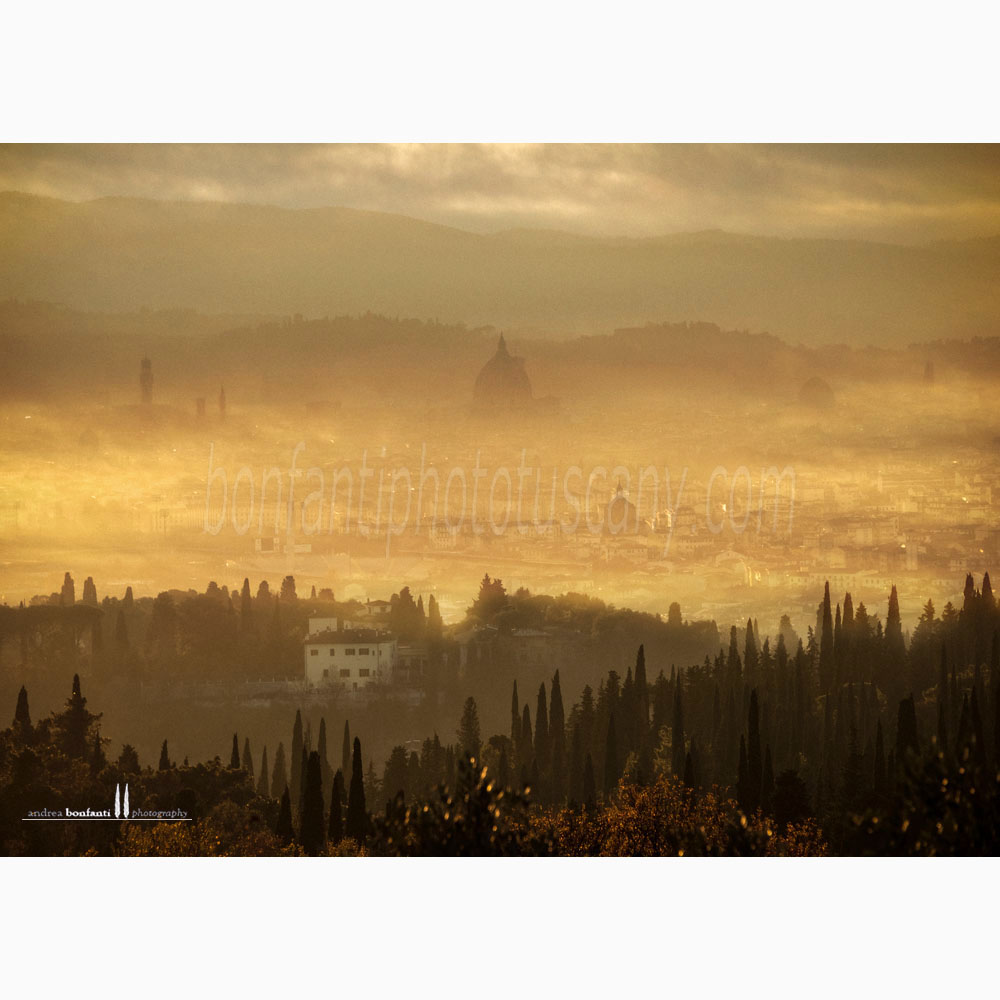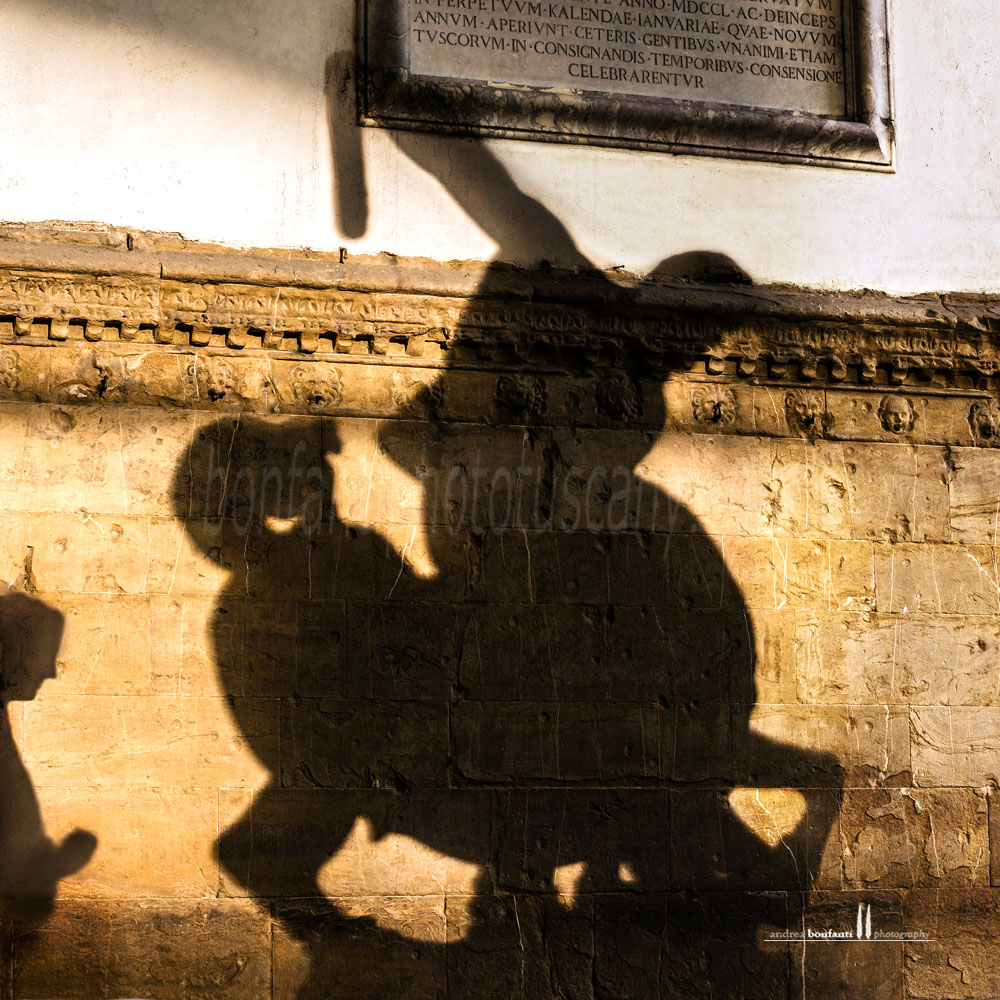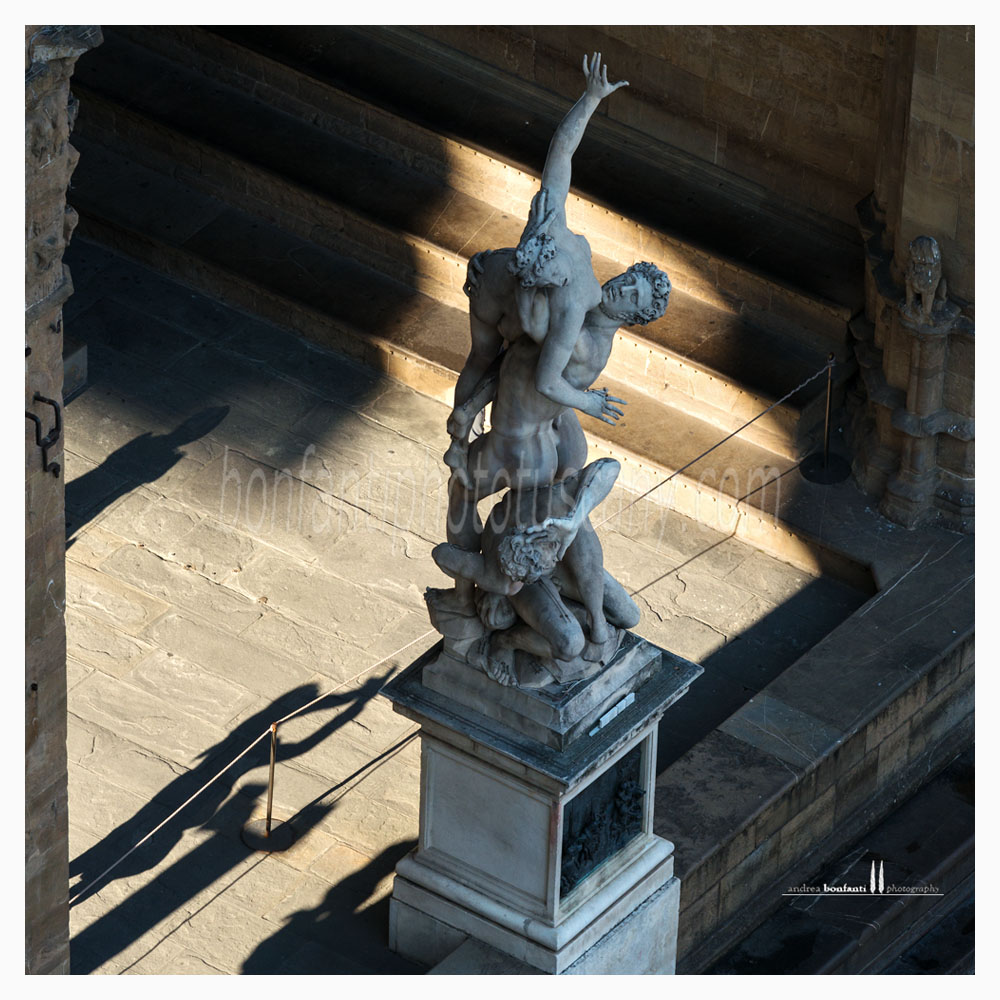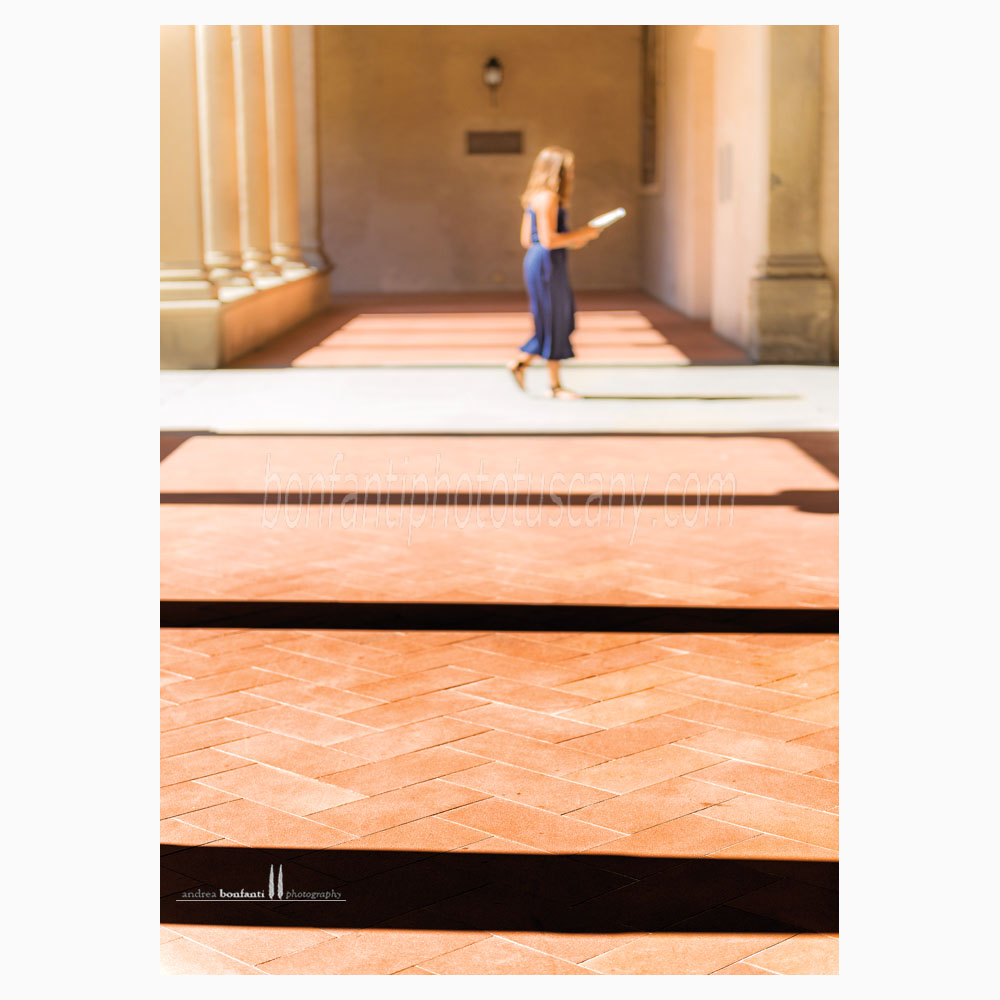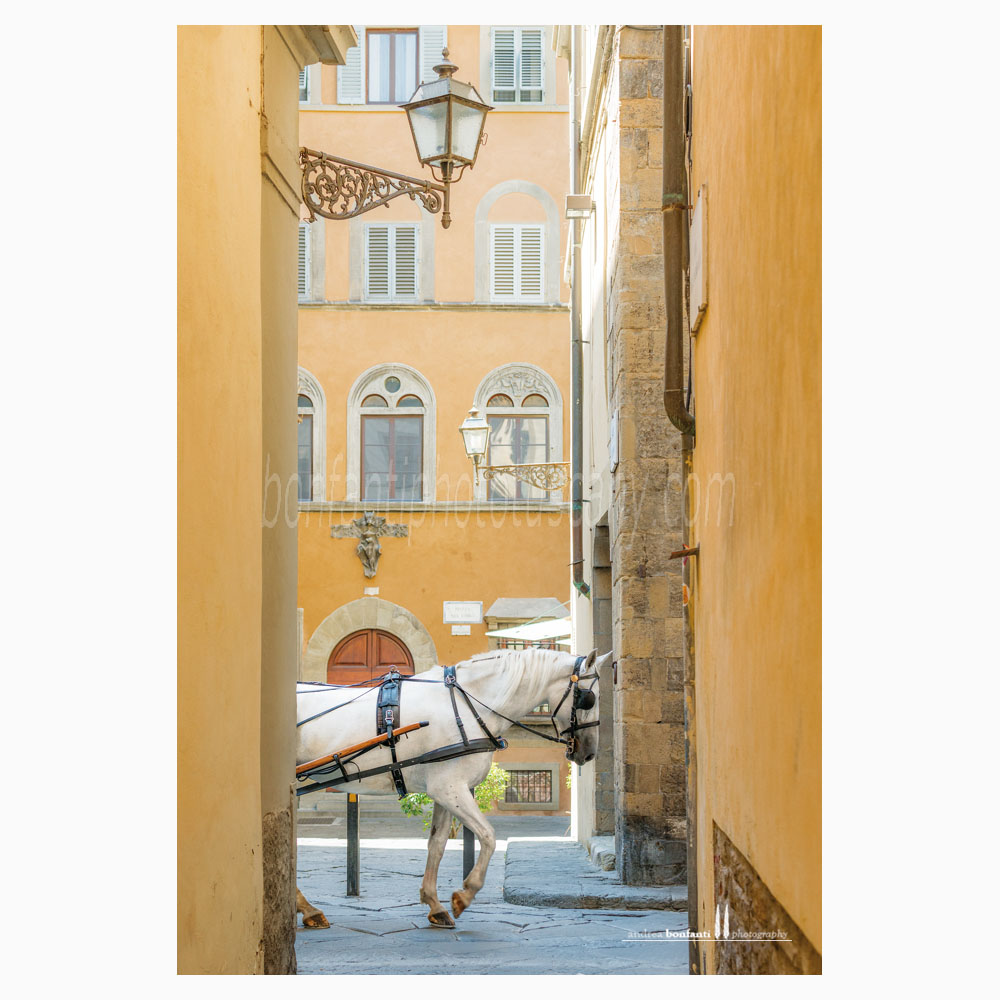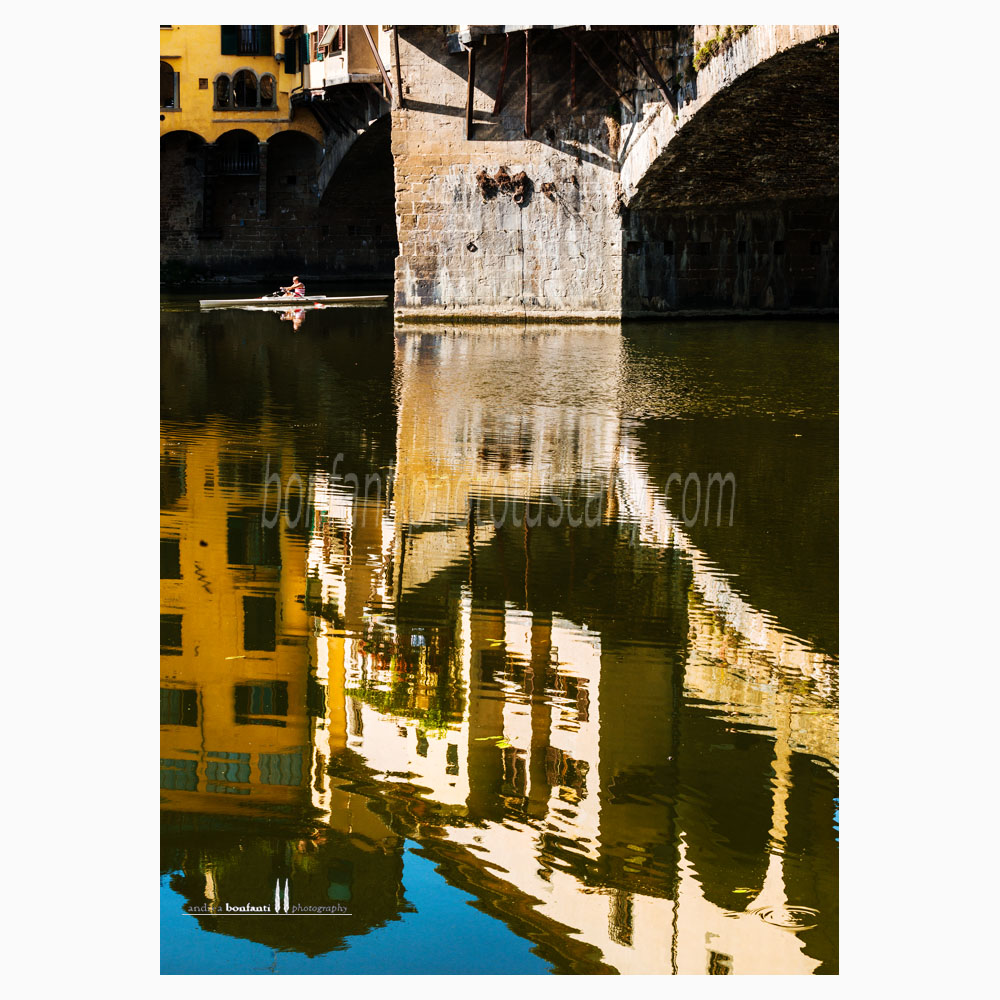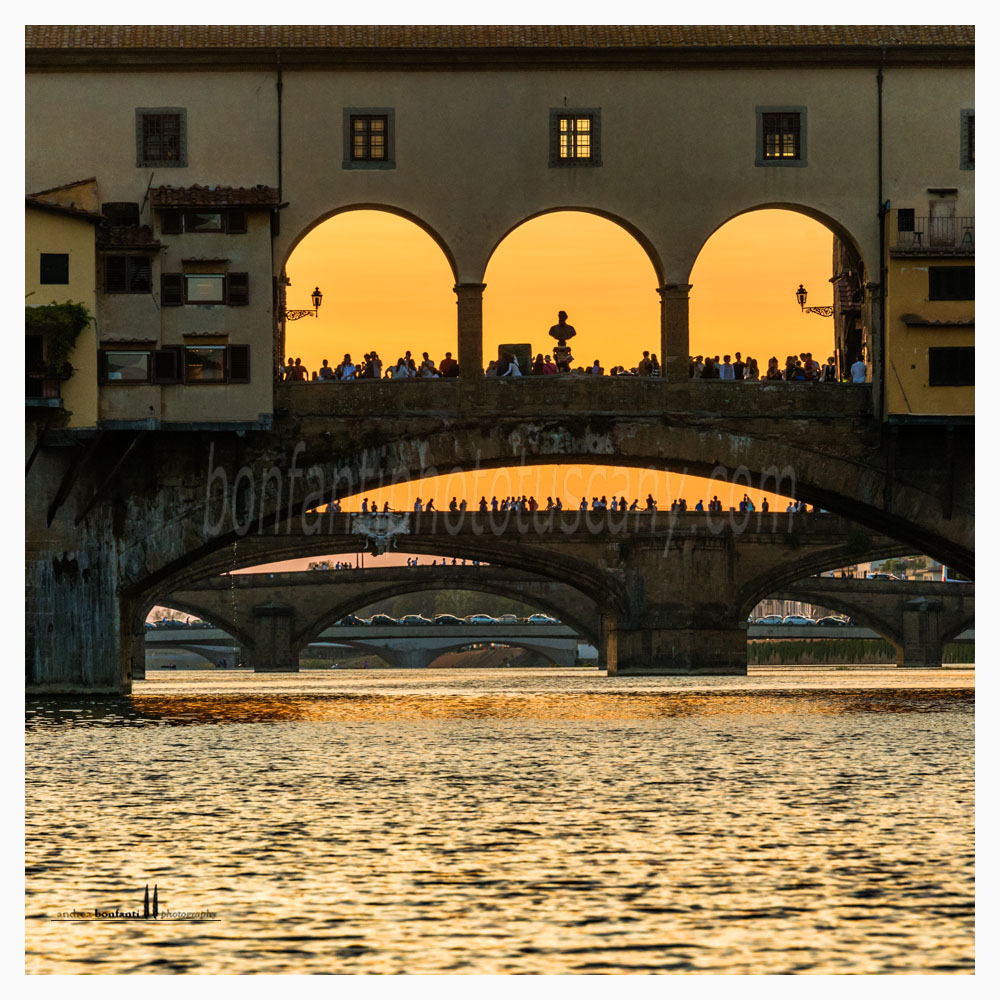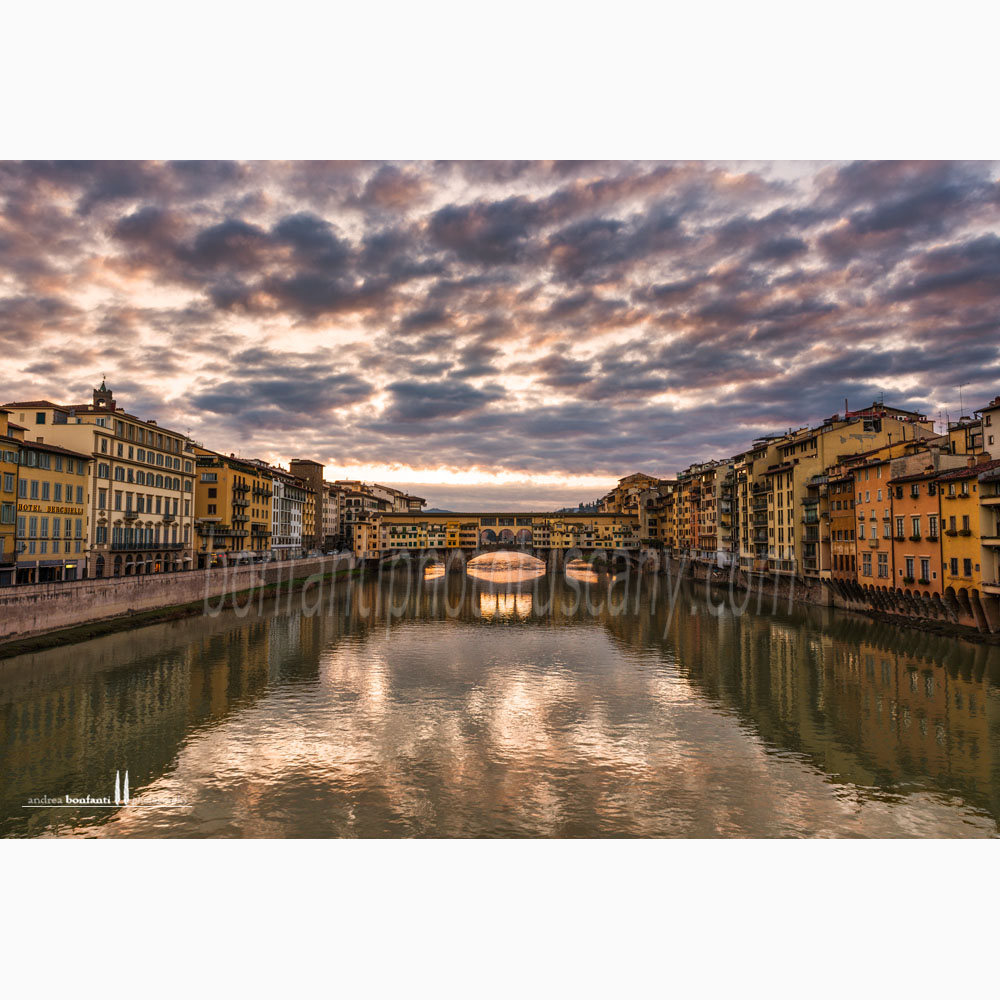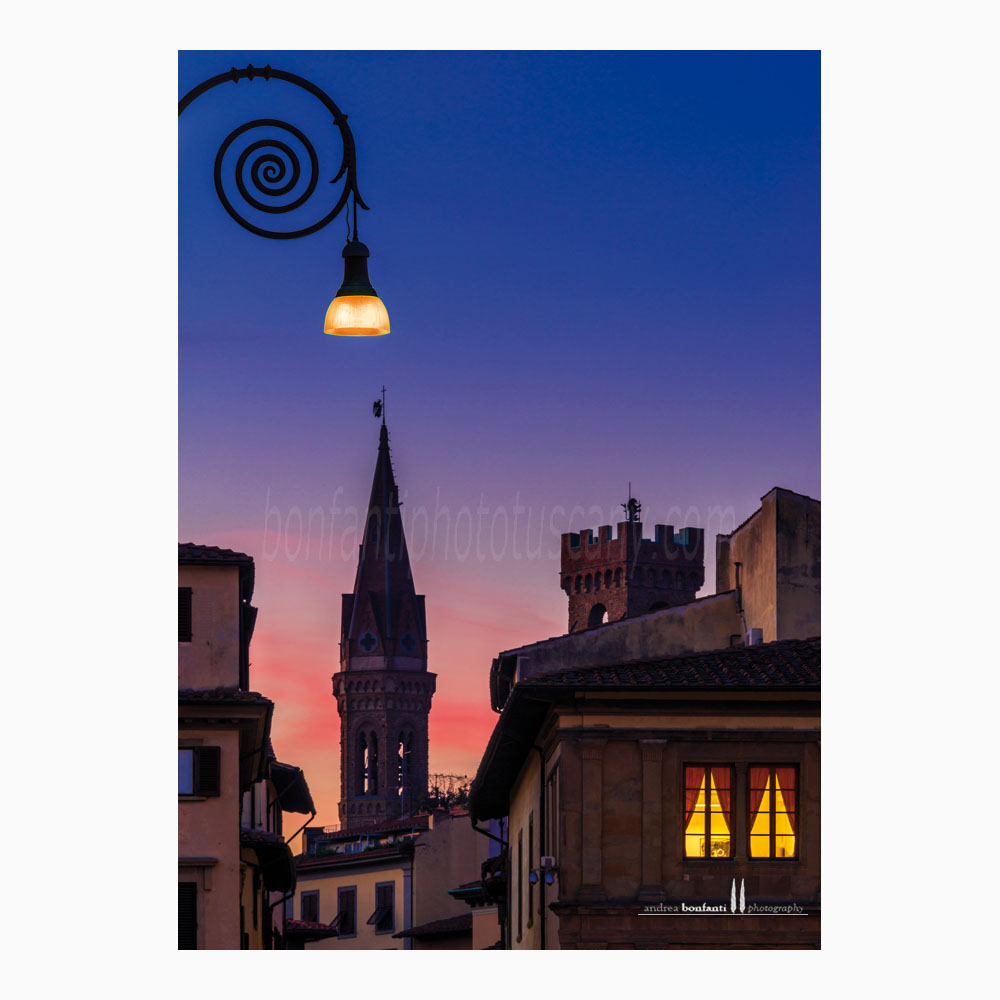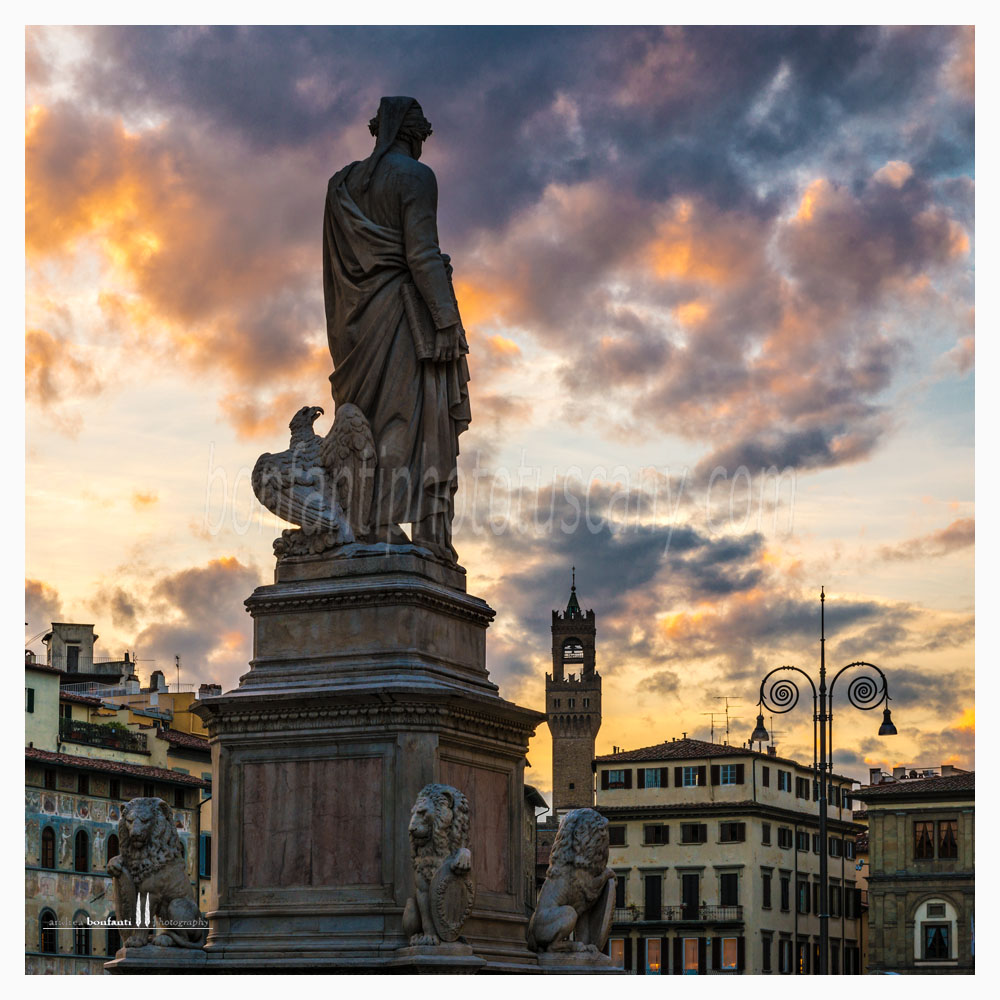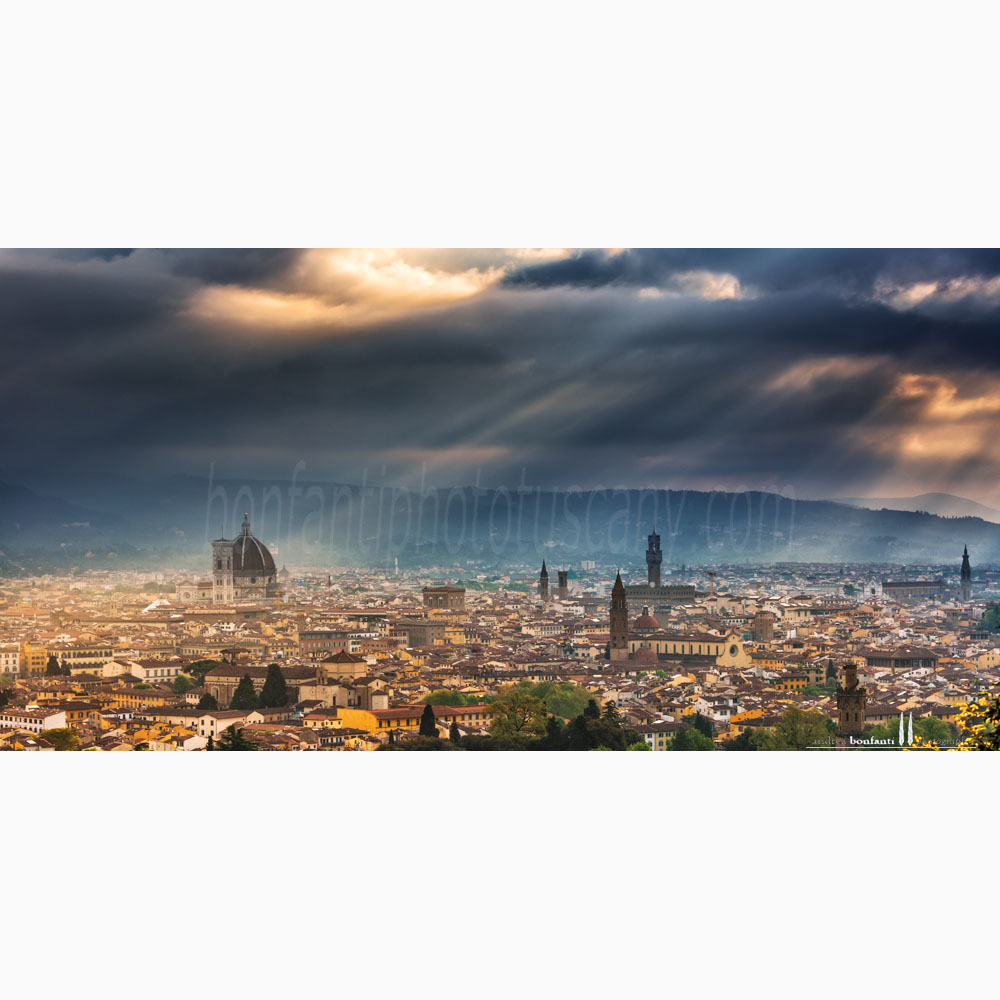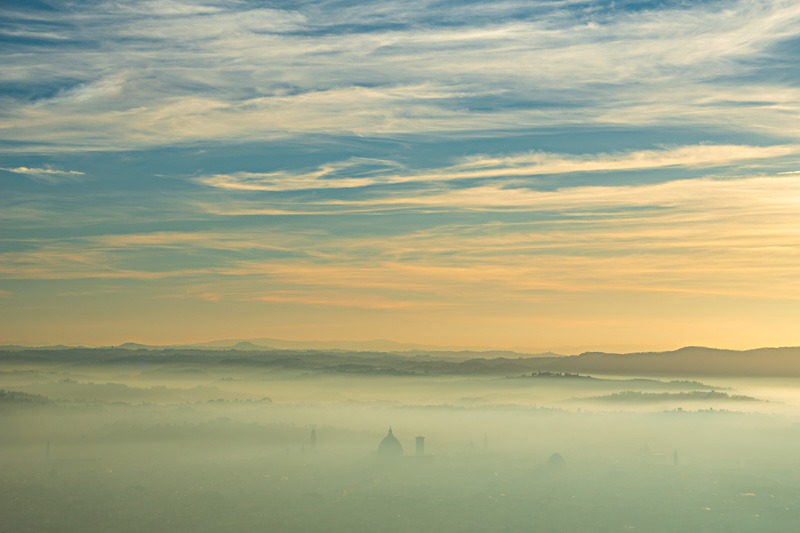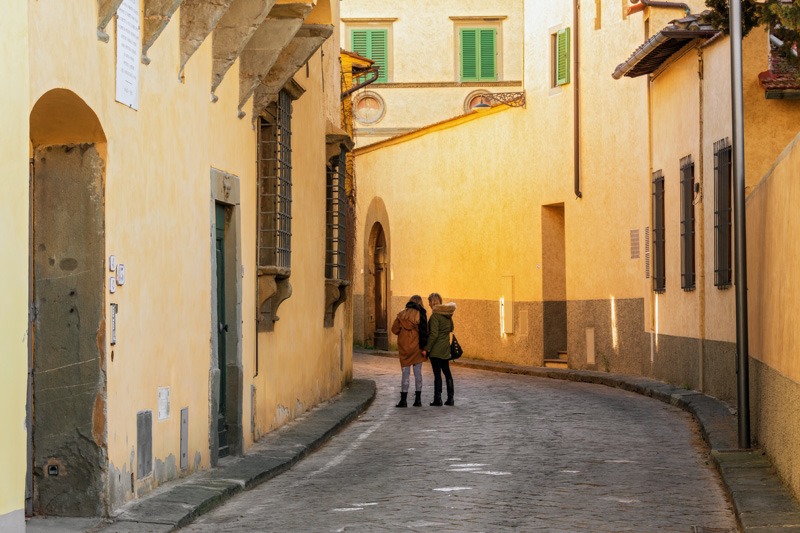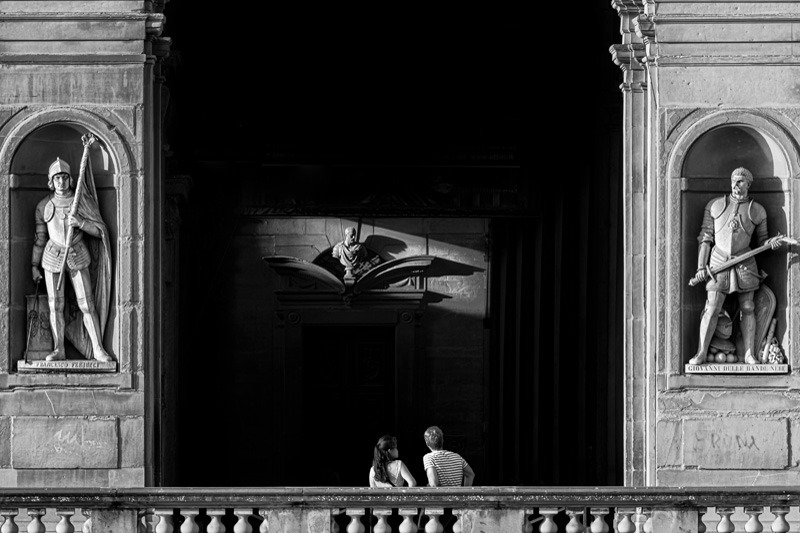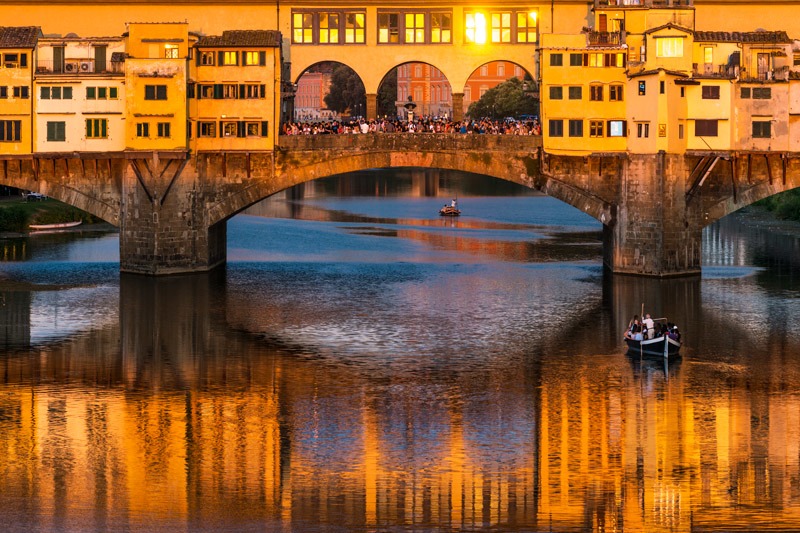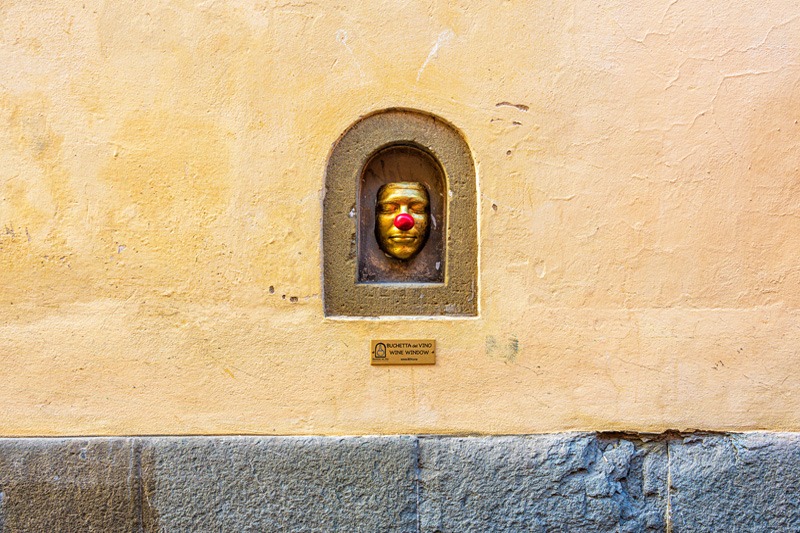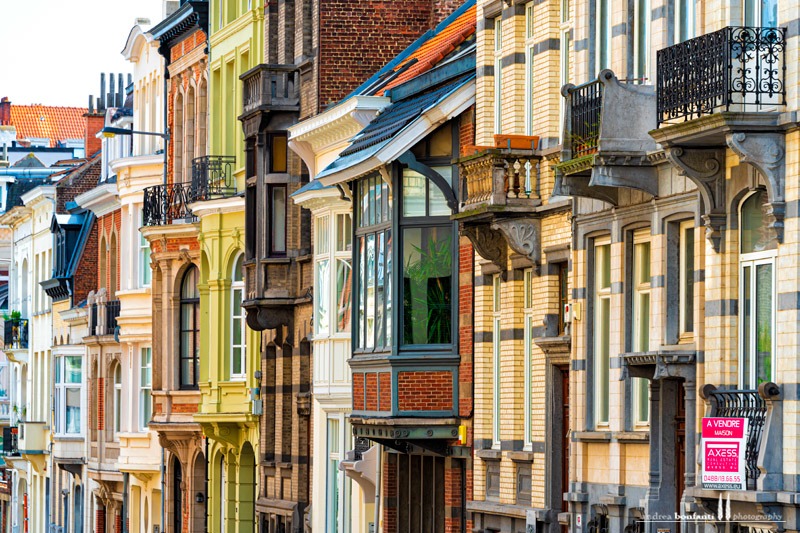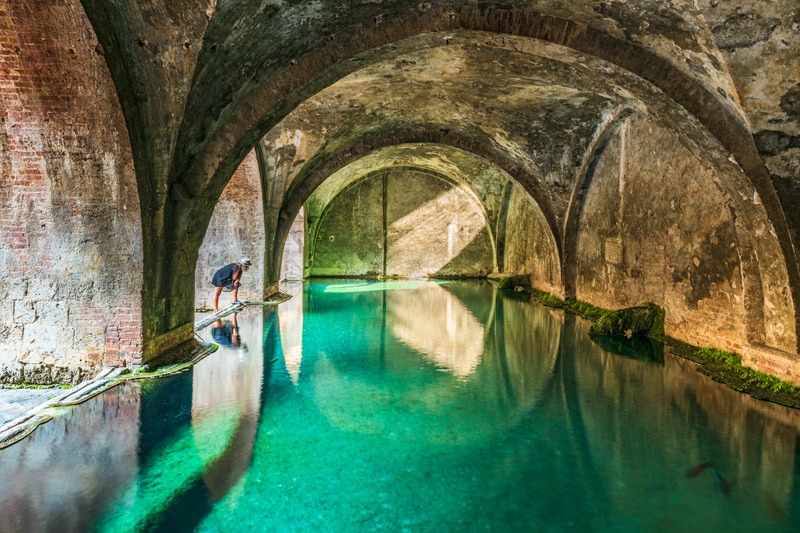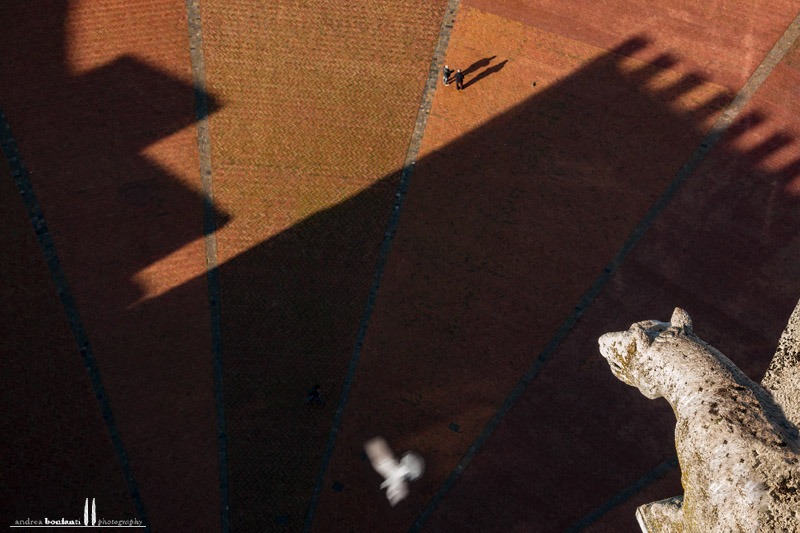a journey in Florence with a very special guide: Dante Alighieri.
I started reading the Divine Comedy as a teenager, on the school bench, like almost all Italian children. Only I carried on because I liked it.
I was fascinated by the great characters of Hell, by Charon the demon and his hawk-like eyes to the magnanimous Farinata, the only one who defended Fiorenza openly when the city was about to be swept away by the Ghibellines. But I also enjoyed the obscene gestures of the thief Vanni Fucci and the scurrilous sounds of those impertinent Malebranche.
Inferno was for me a great stage on which characters of all ranks alternated, lighting up my boyish imagination. But the main protagonist was always Dante.
Then I began to appreciate also Purgatorio, with its crepuscular atmosphere, its characters painted on canvas rather than carved in stone.
Some cantos of Paradiso I still find them difficult, although the three of Cacciaguida I practically know by heart.
The Florence of Cacciaguida, inside the ancient circle, was already on the way to extinction in the days of Dante, and the reason why today it is so difficult to trace Dante's Florence. Between the second half of the thirteenth century and the beginning of the fourteenth, Florence underwent prodigious development. Reflected in this medieval economic boom, sponsored by the gold florin, were the first major public monuments that overlapped and in some cases replaced the old urban fabric set on tower houses, with its skyless narrow squares and alleys.
Dante looks on astonished. The Bargello, the new cathedral, the Palazzo dei Priori, the great convent churches and the new huge city walls are only the most striking signs of this first phase of urban transformation, to be followed by the second phase in the next century that will give the city its final appearance.
Or so it seemed. For quite some centuries, in fact, the two souls of Florence, the Medieval and the Renaissance, coexisted under the same sky. Then the pickaxe started hammering down hard. At the end of the nineteenth century, the whole area of the old market, the heart of old Florence, was flattened; many roads were widened, most of the walls destroyed and other demolitions followed in the 1930s, this time in the district of Santa Croce. Modernity demanded its toll of ugliness and the watchword was "clean-up".
However, if indeed little remains of Dante’s Florence, the genius loci, the spirit of the places where the voice of the poet still echoes, has not completely disappeared. This is the clue I followed.
Just the three cantos in the middle of Paradiso, so full of images of Florence, convinced me that it was possible to link poetry, history and photography in a story like this.
The poem is that of the Divine Comedy; the story is Dante’s, which fatally intertwines with that of his city; the photographs portray Florentine horizons, at times wide, at others minimal, trying to keep up with and focus the photo lens onto that story, that poem.
With Dante you’re always sure to make a good impression ...
